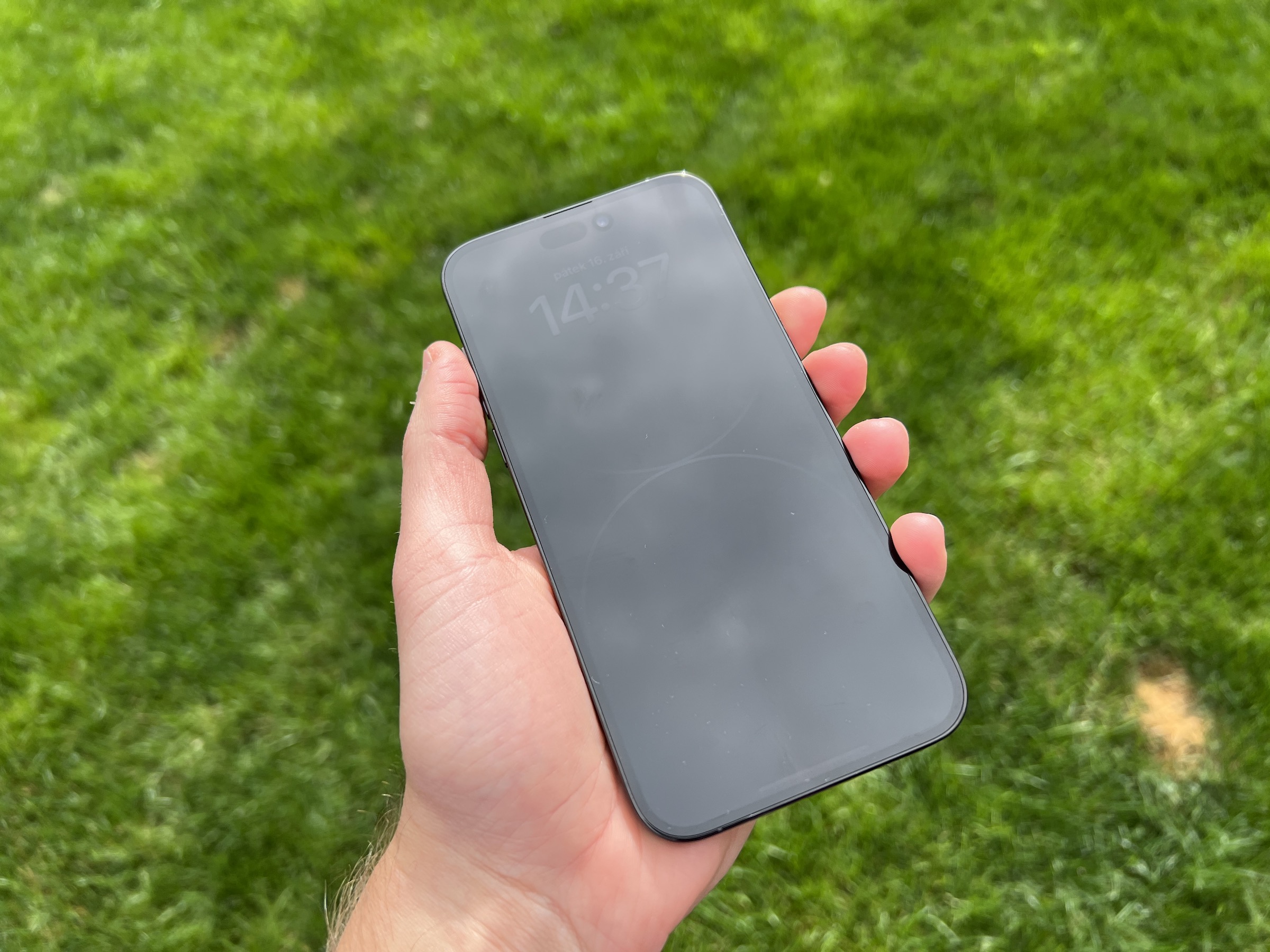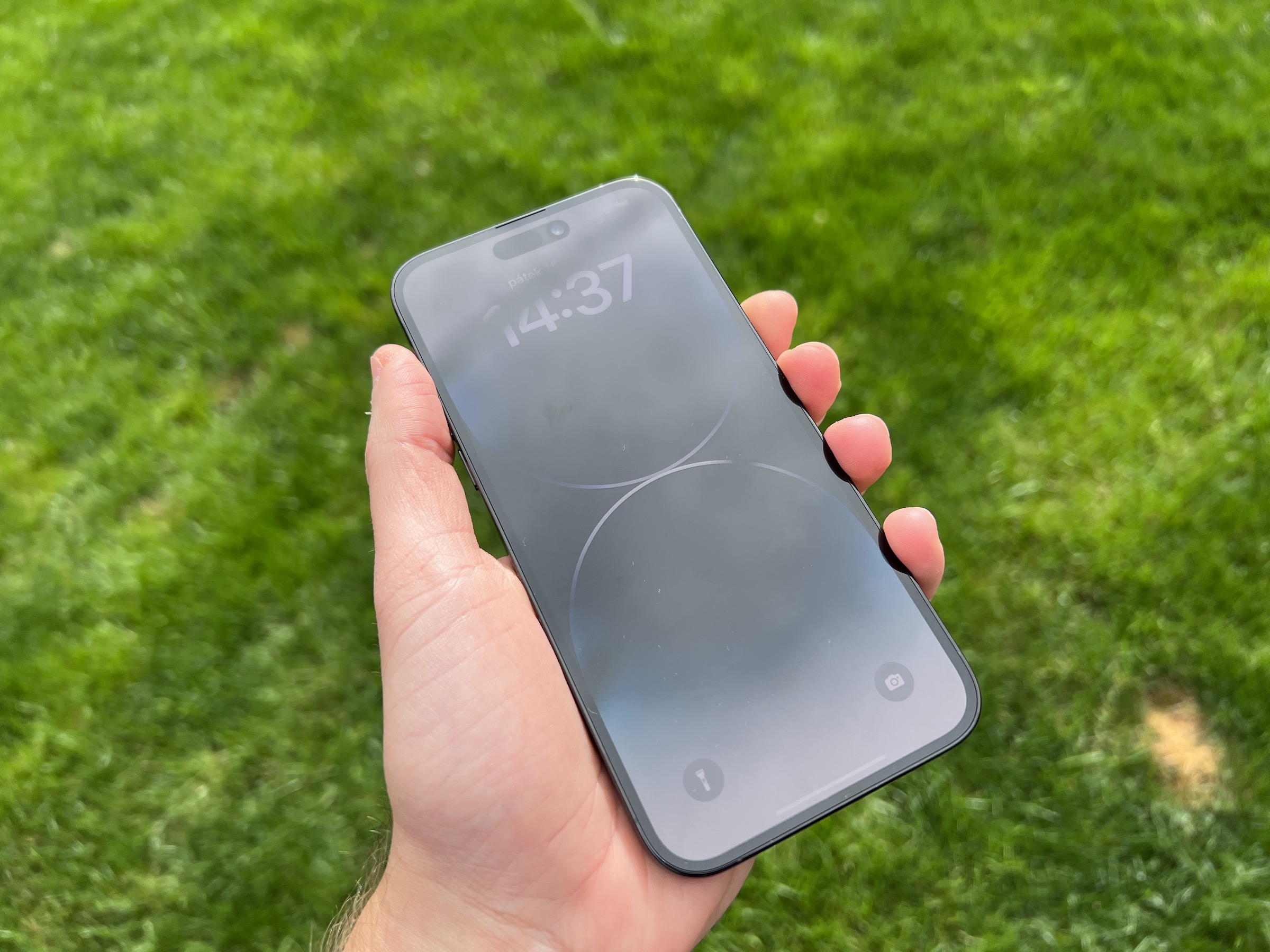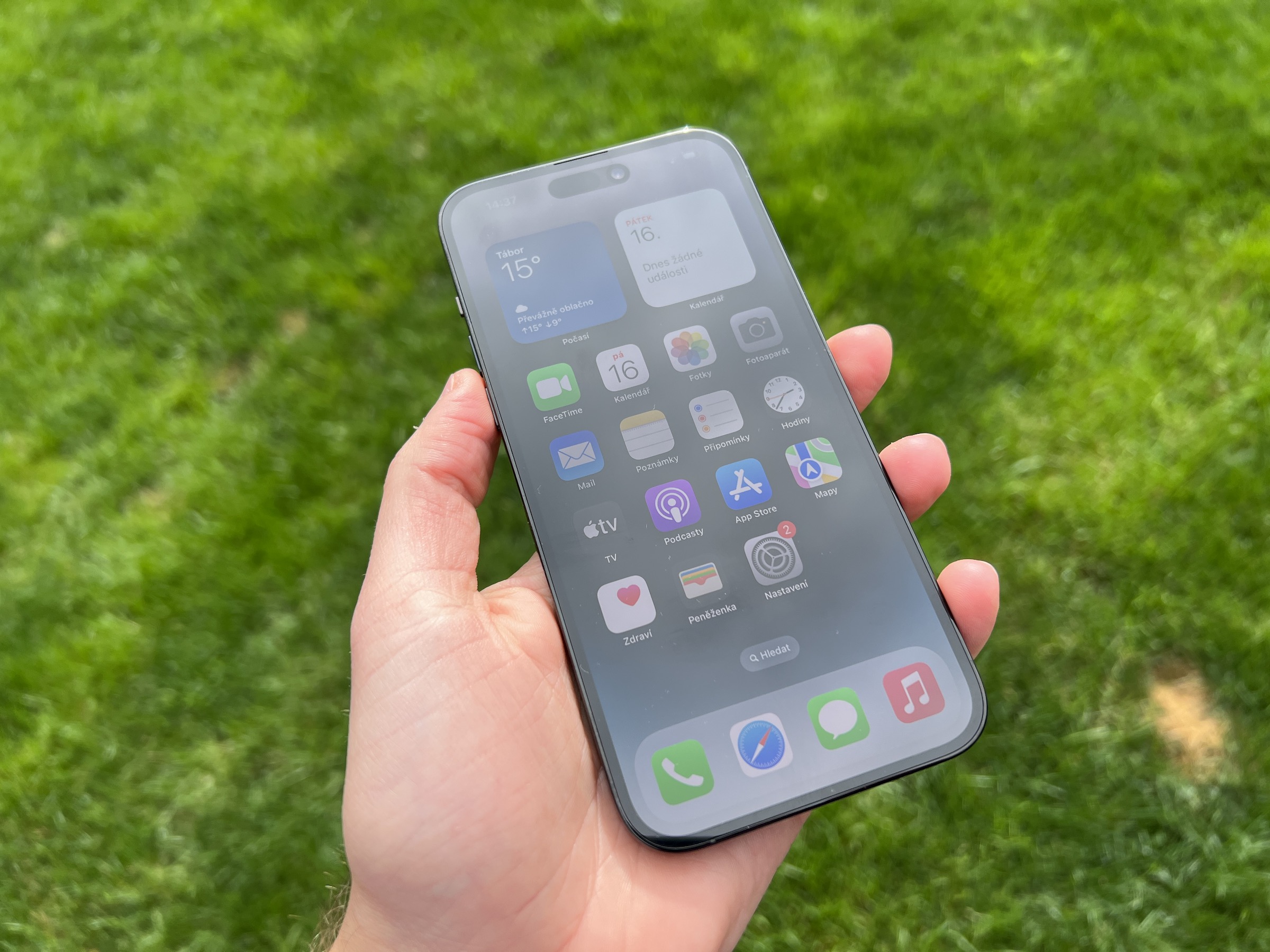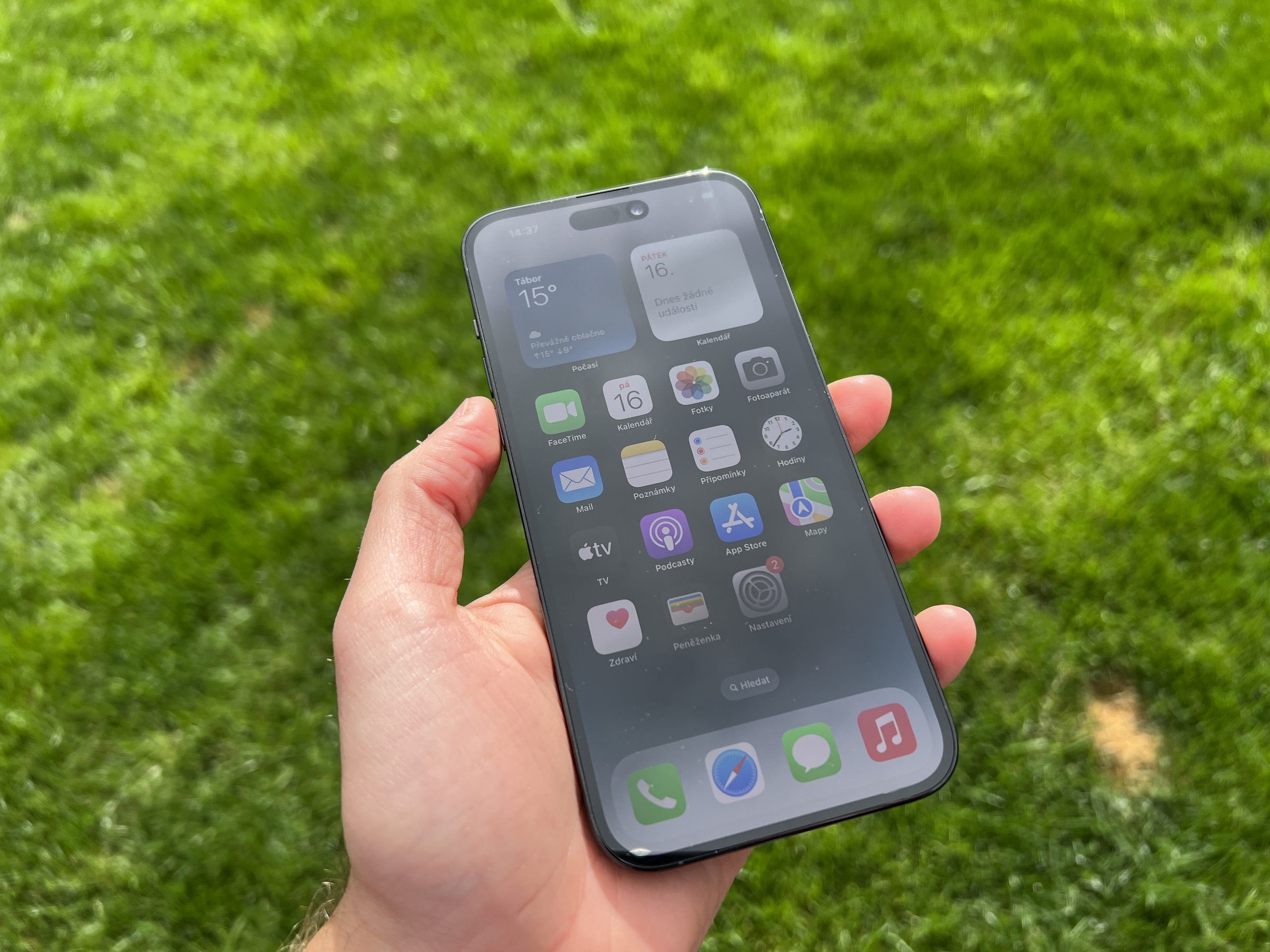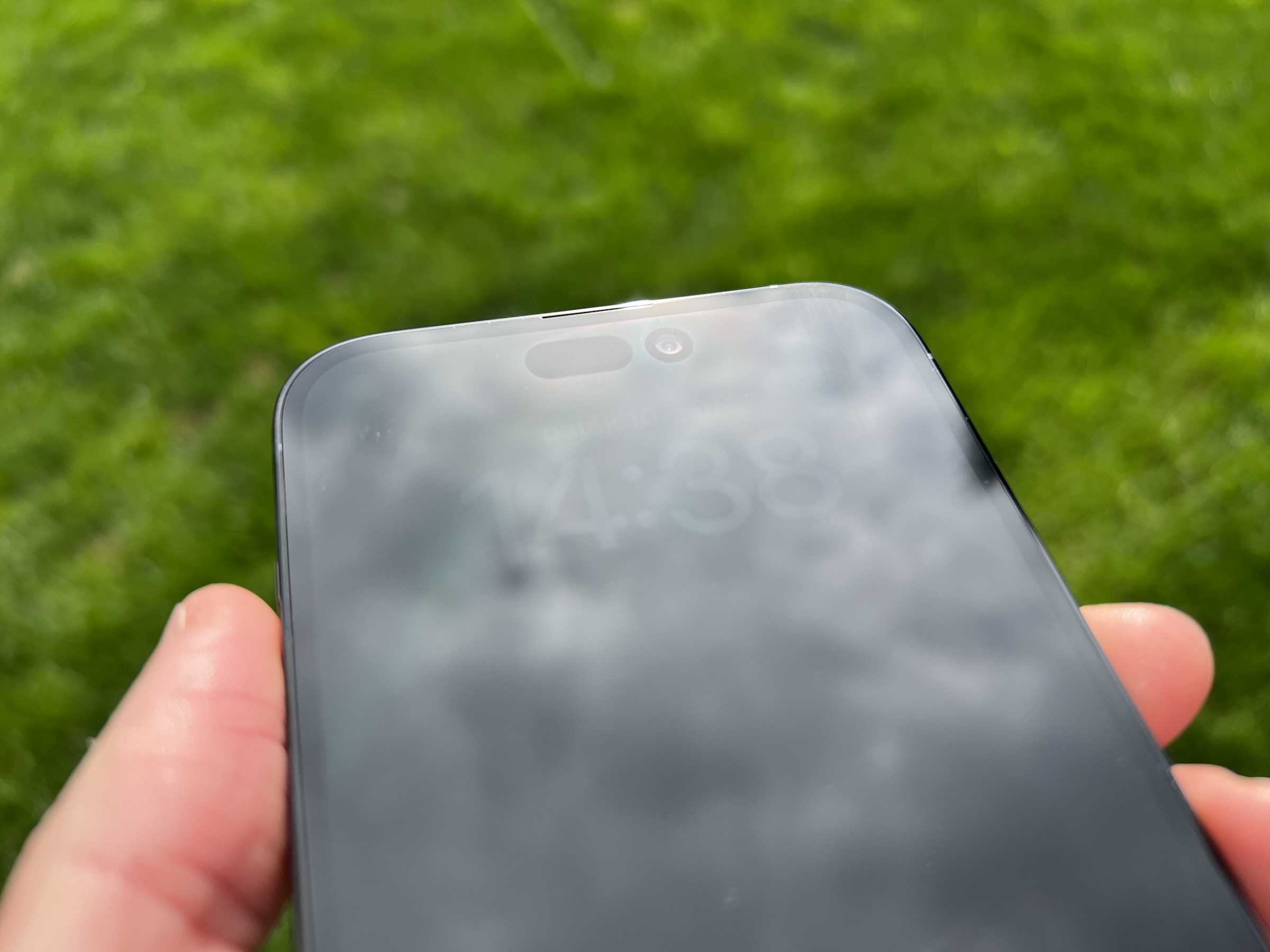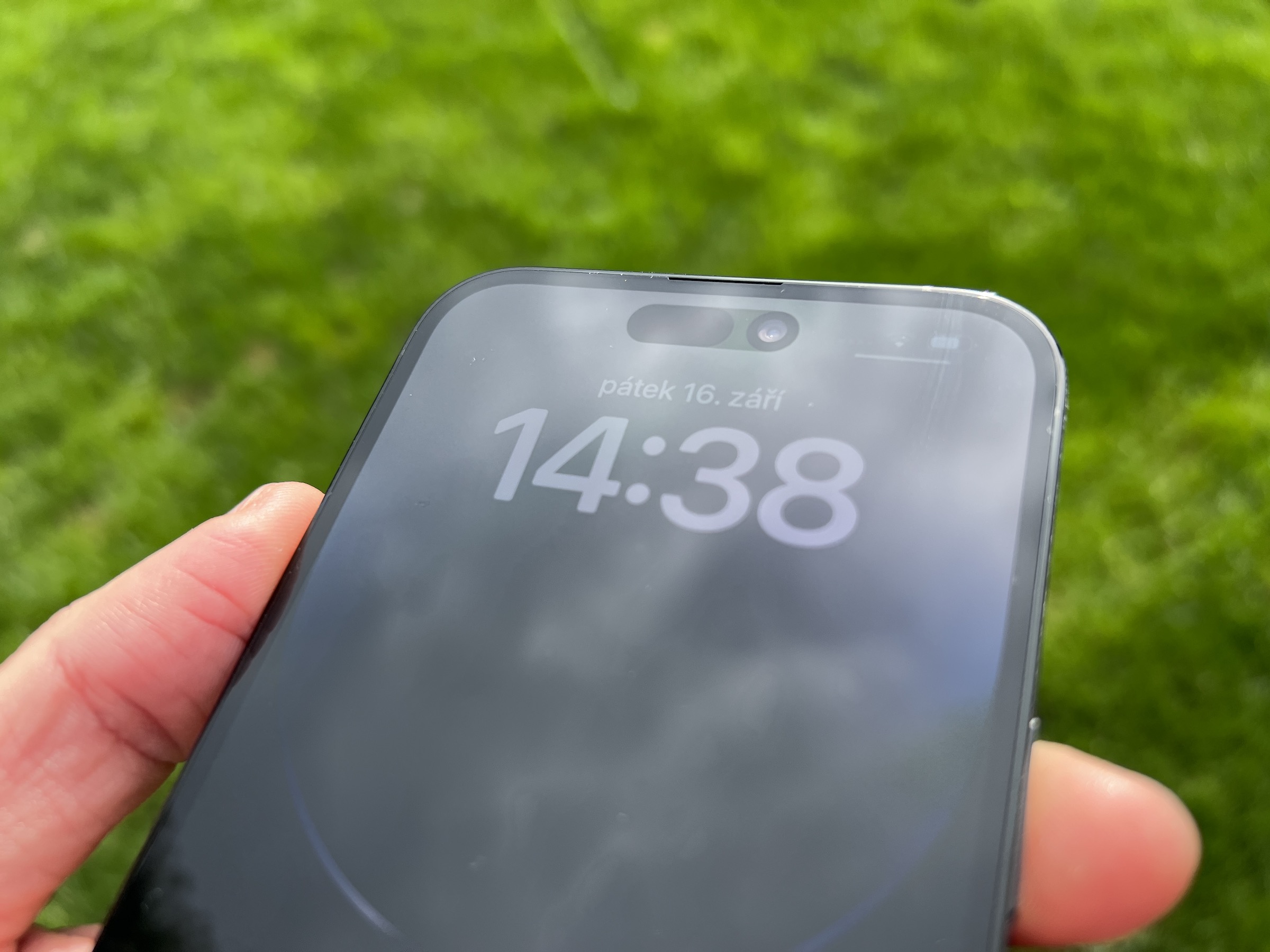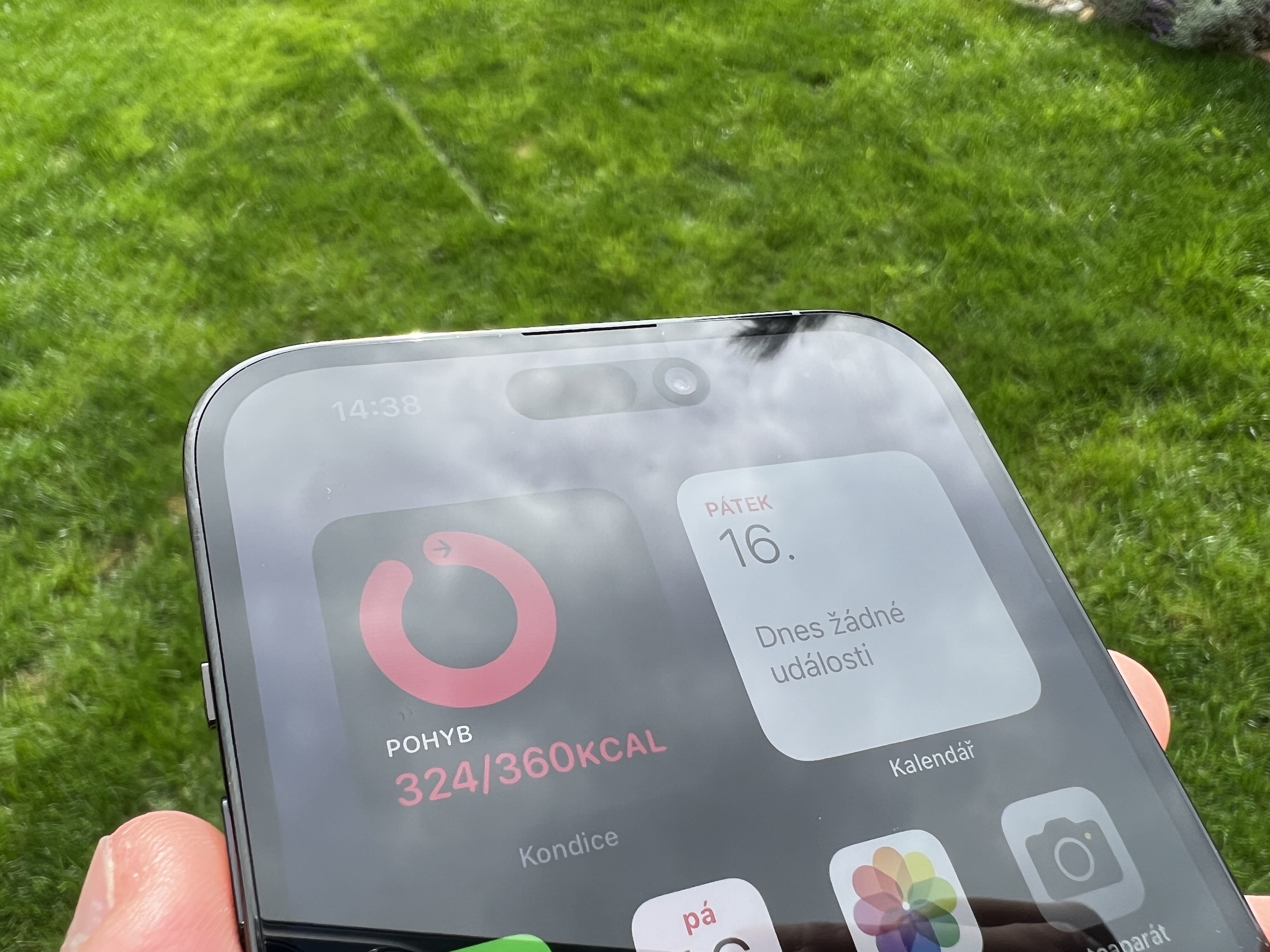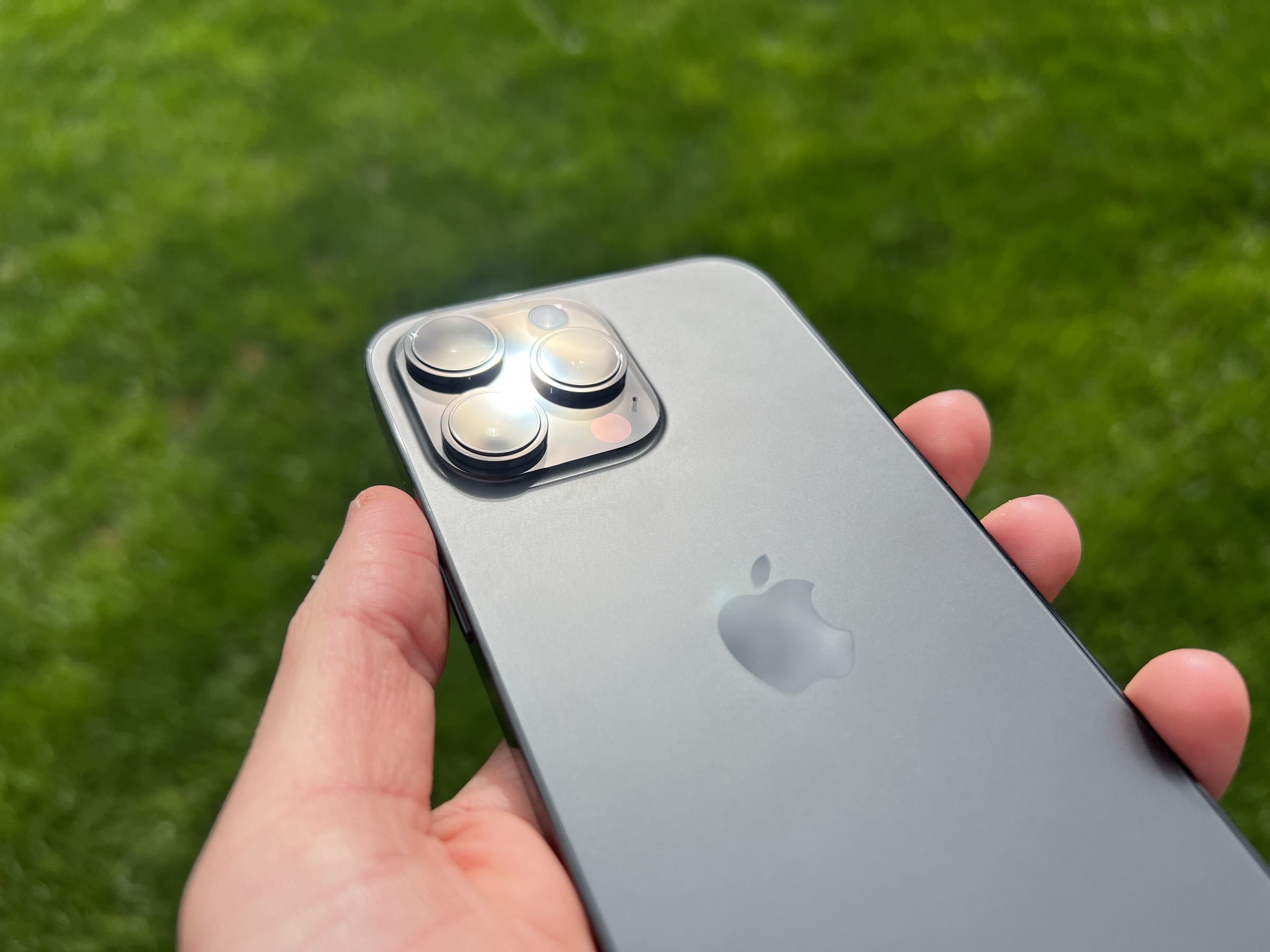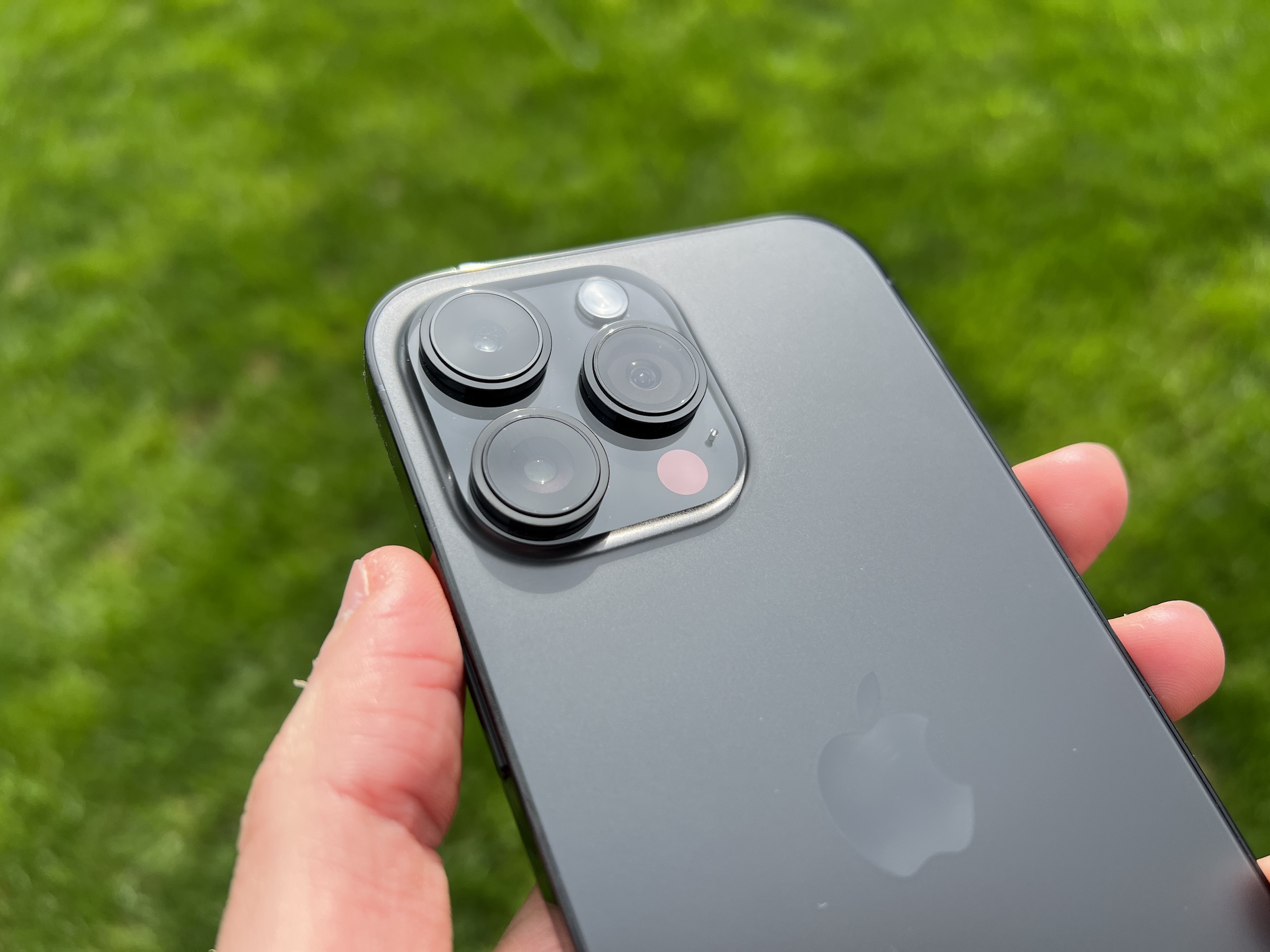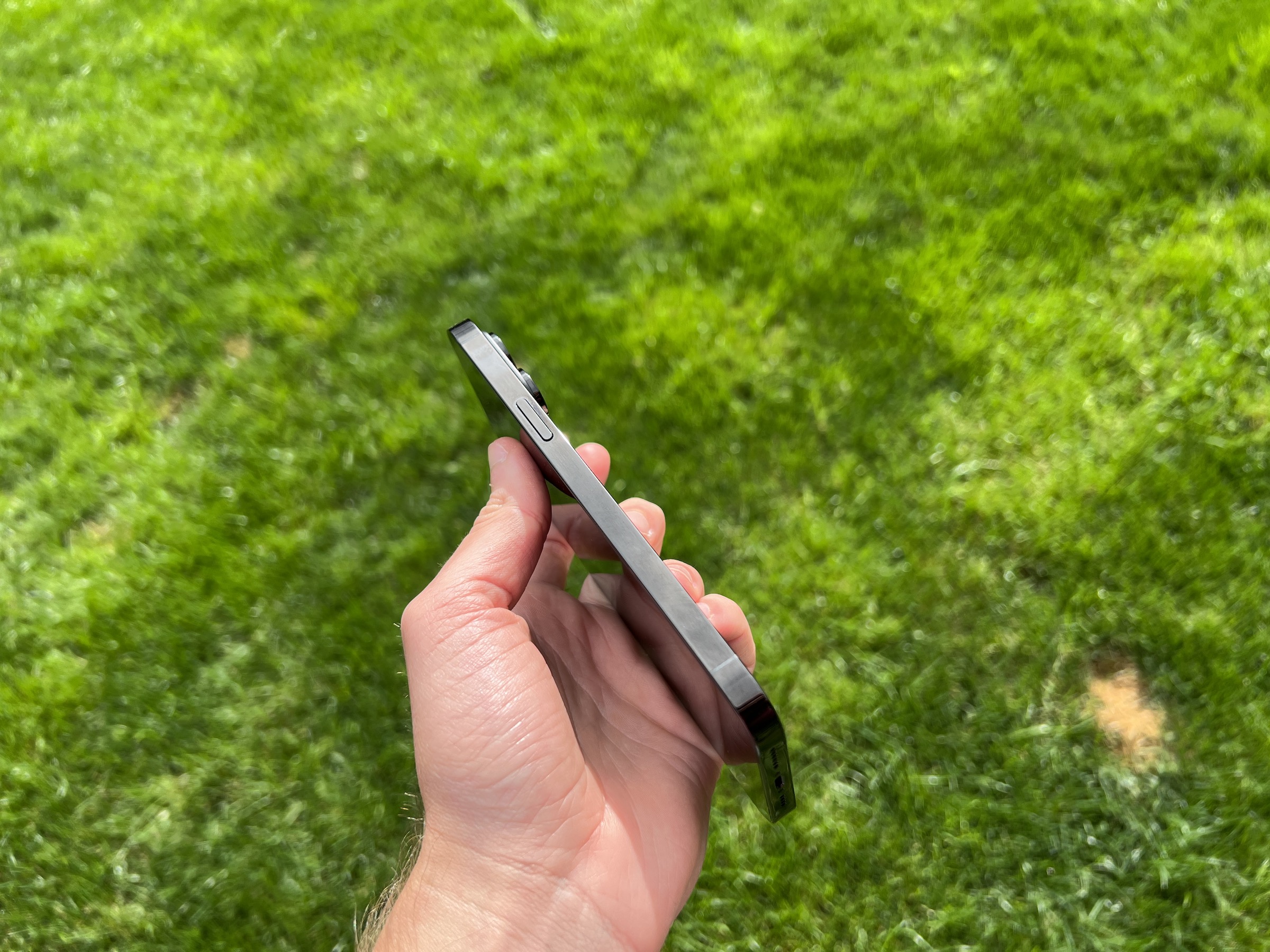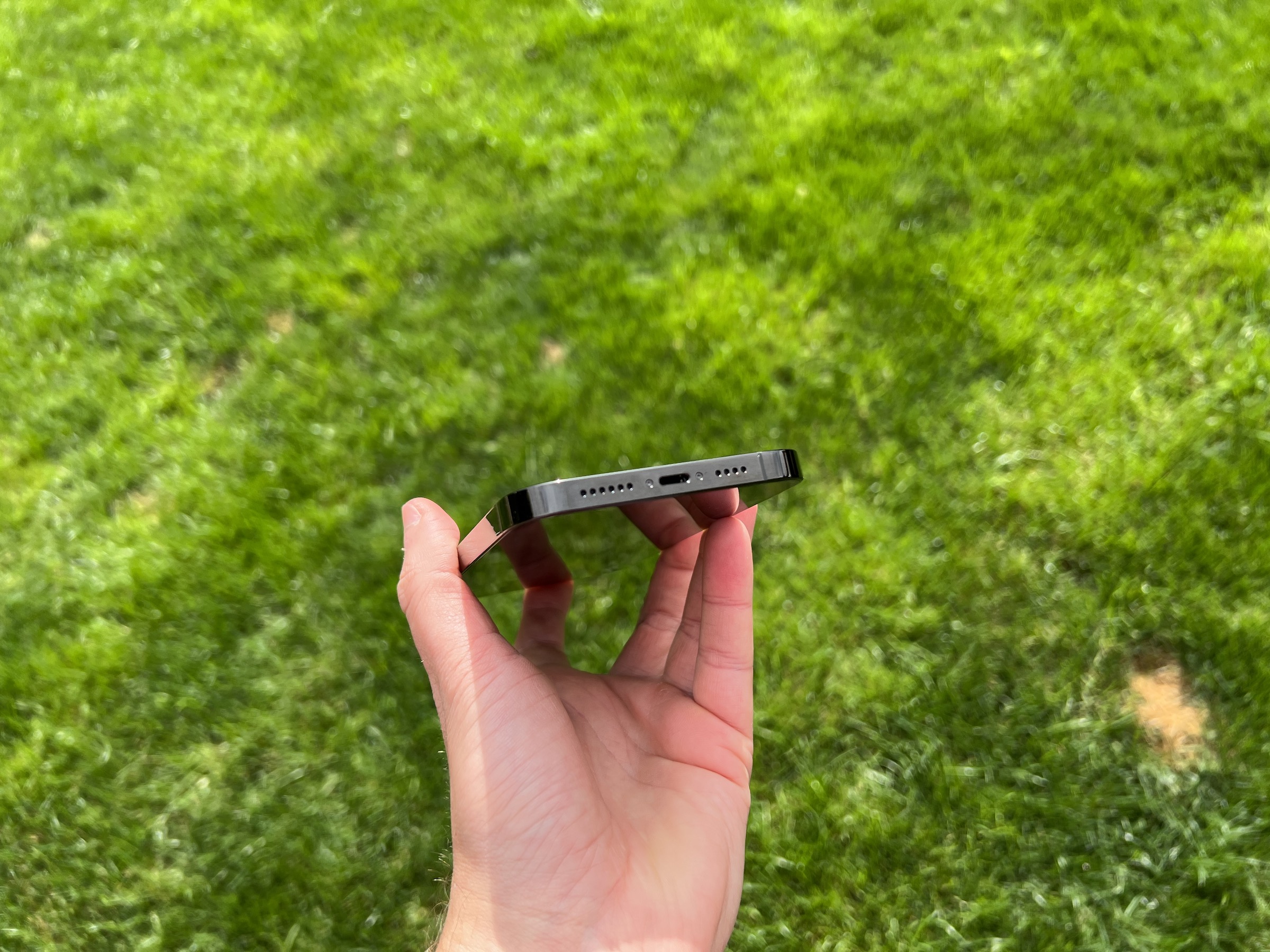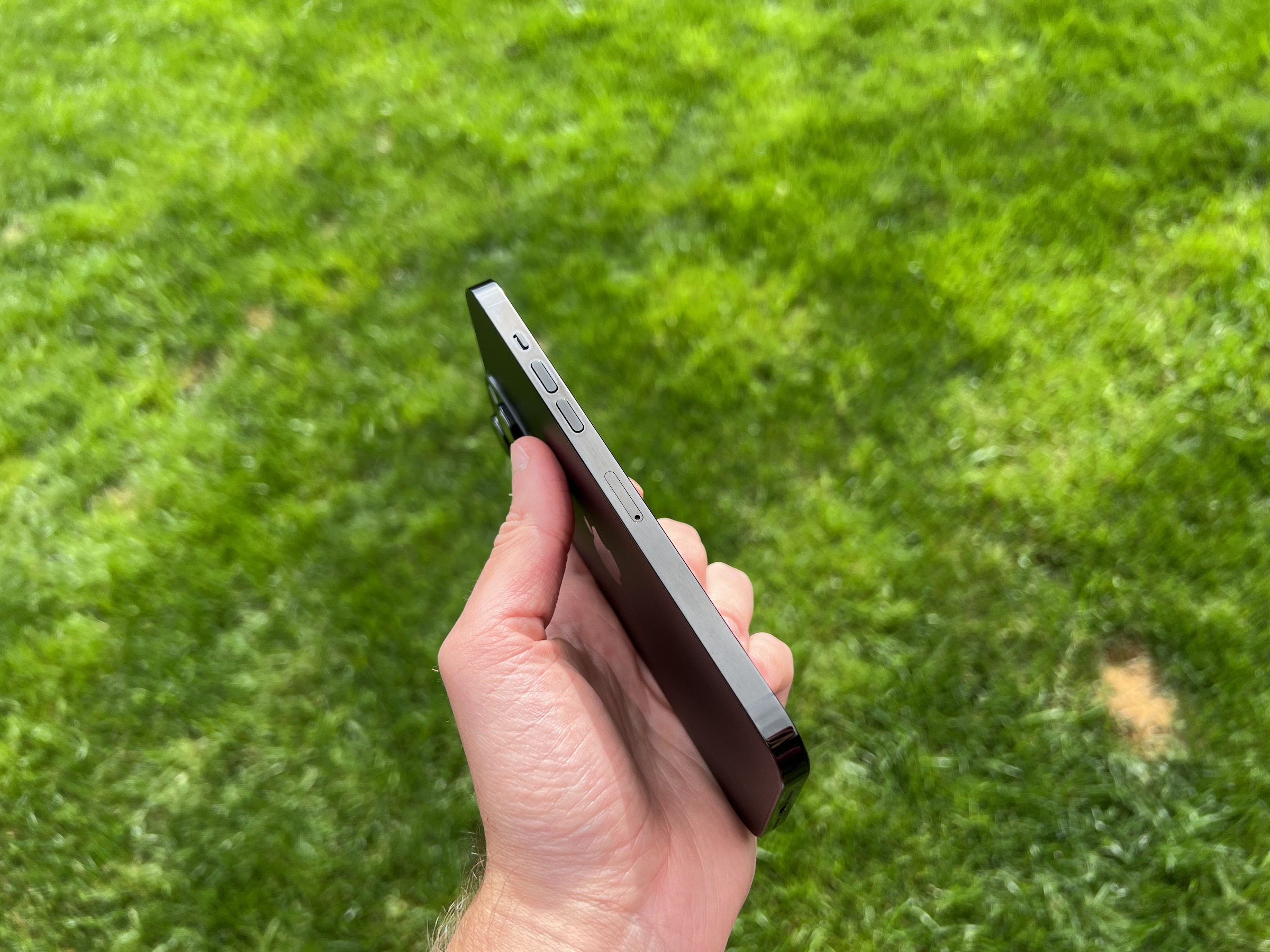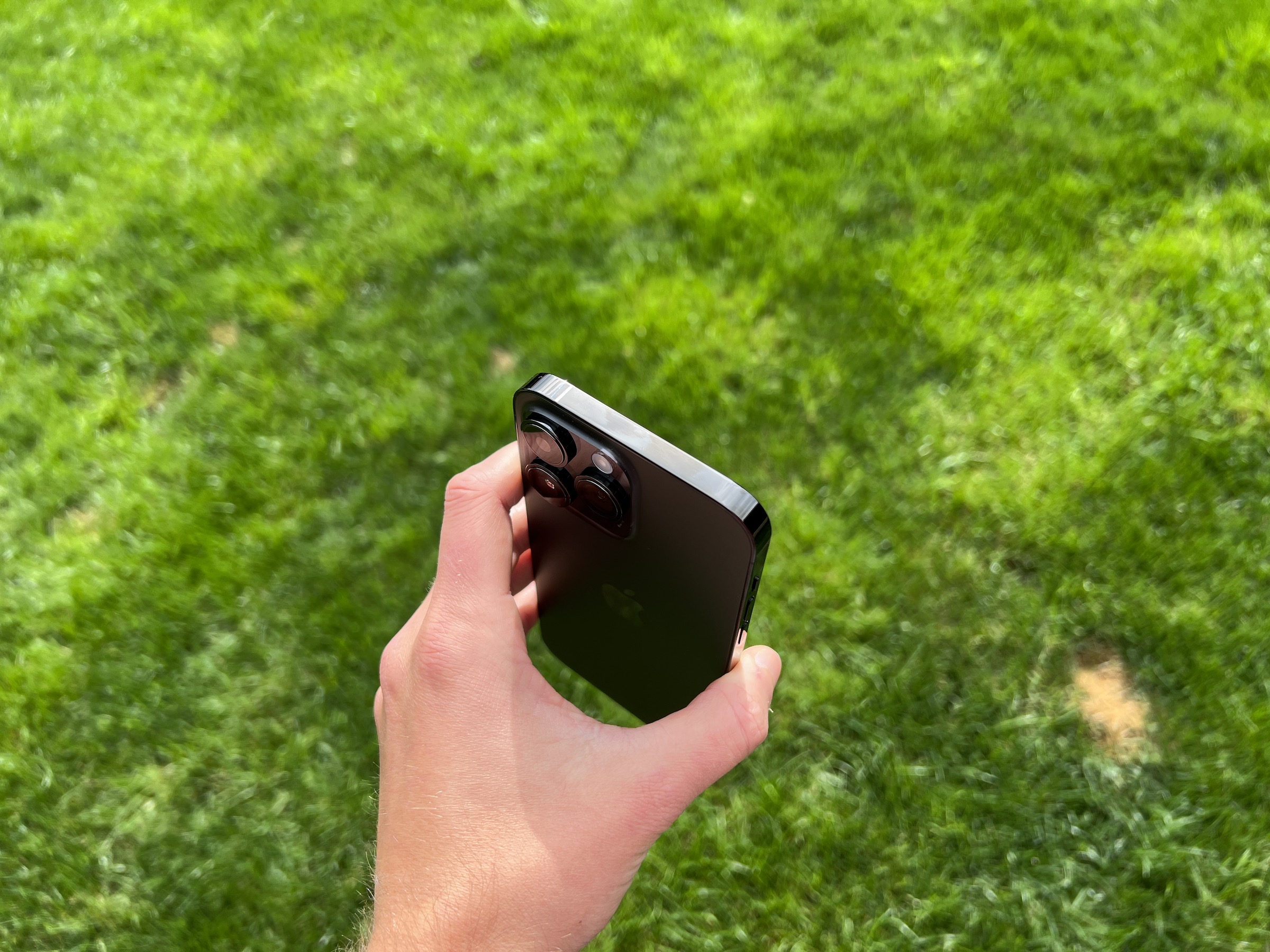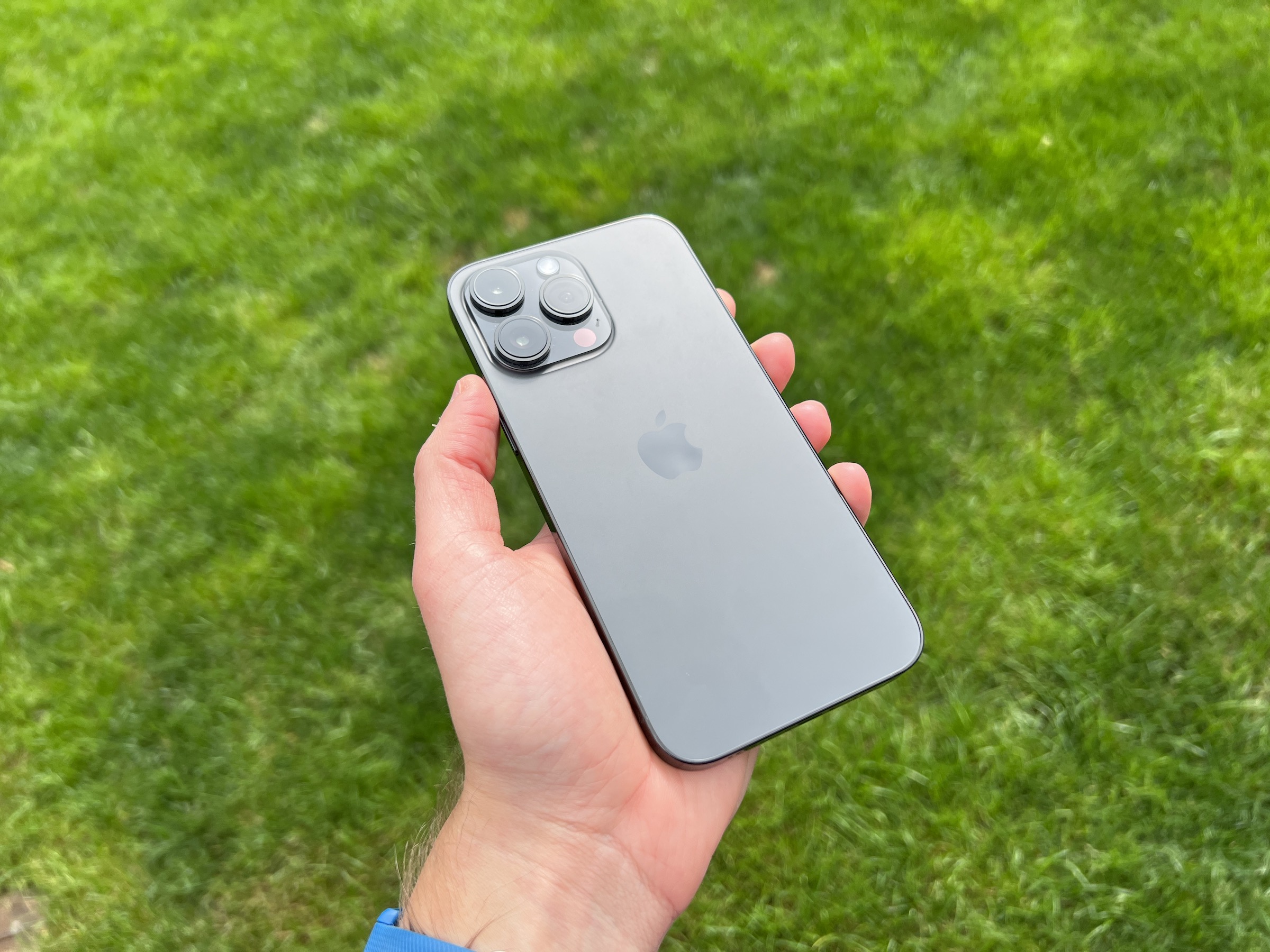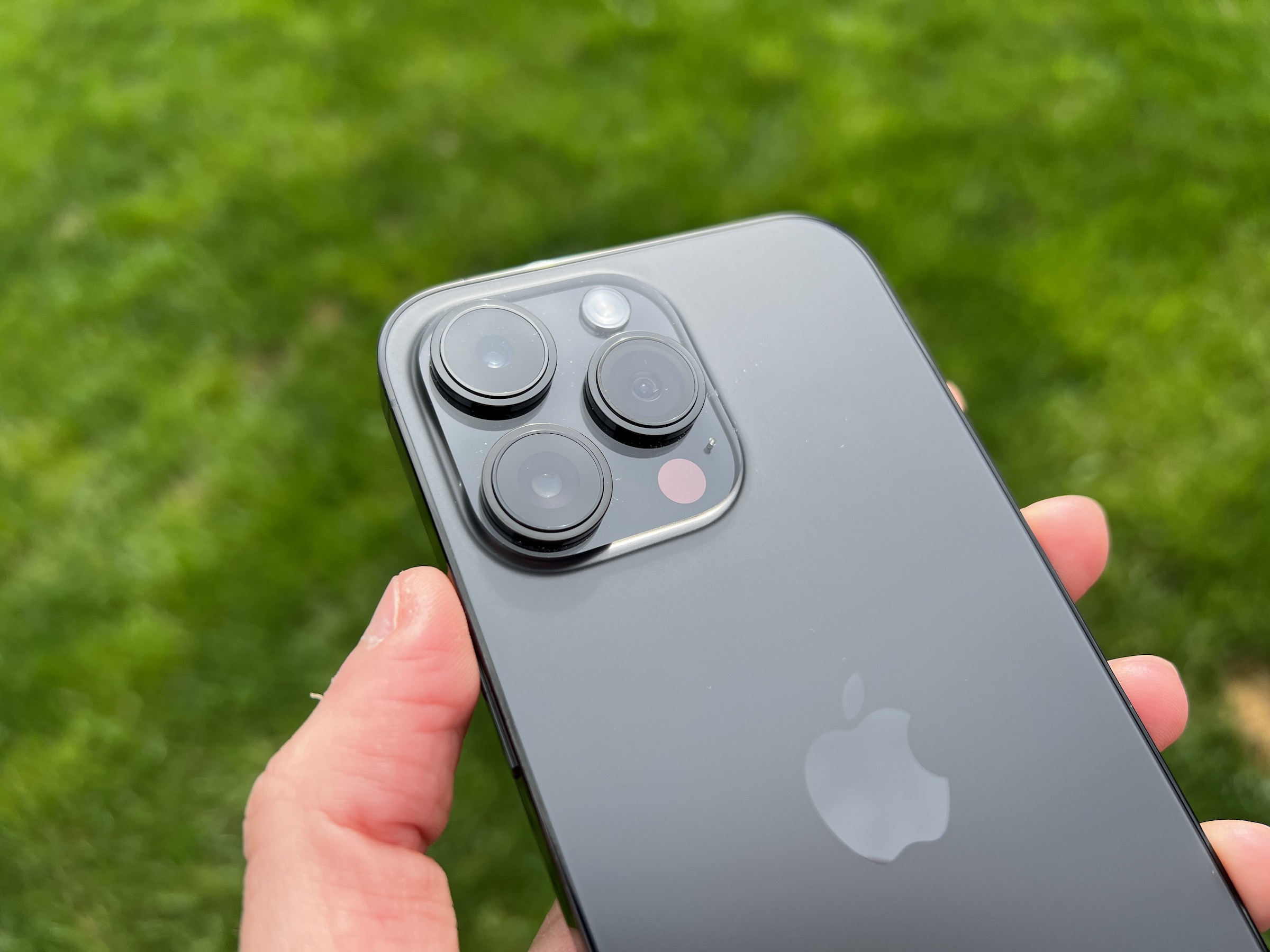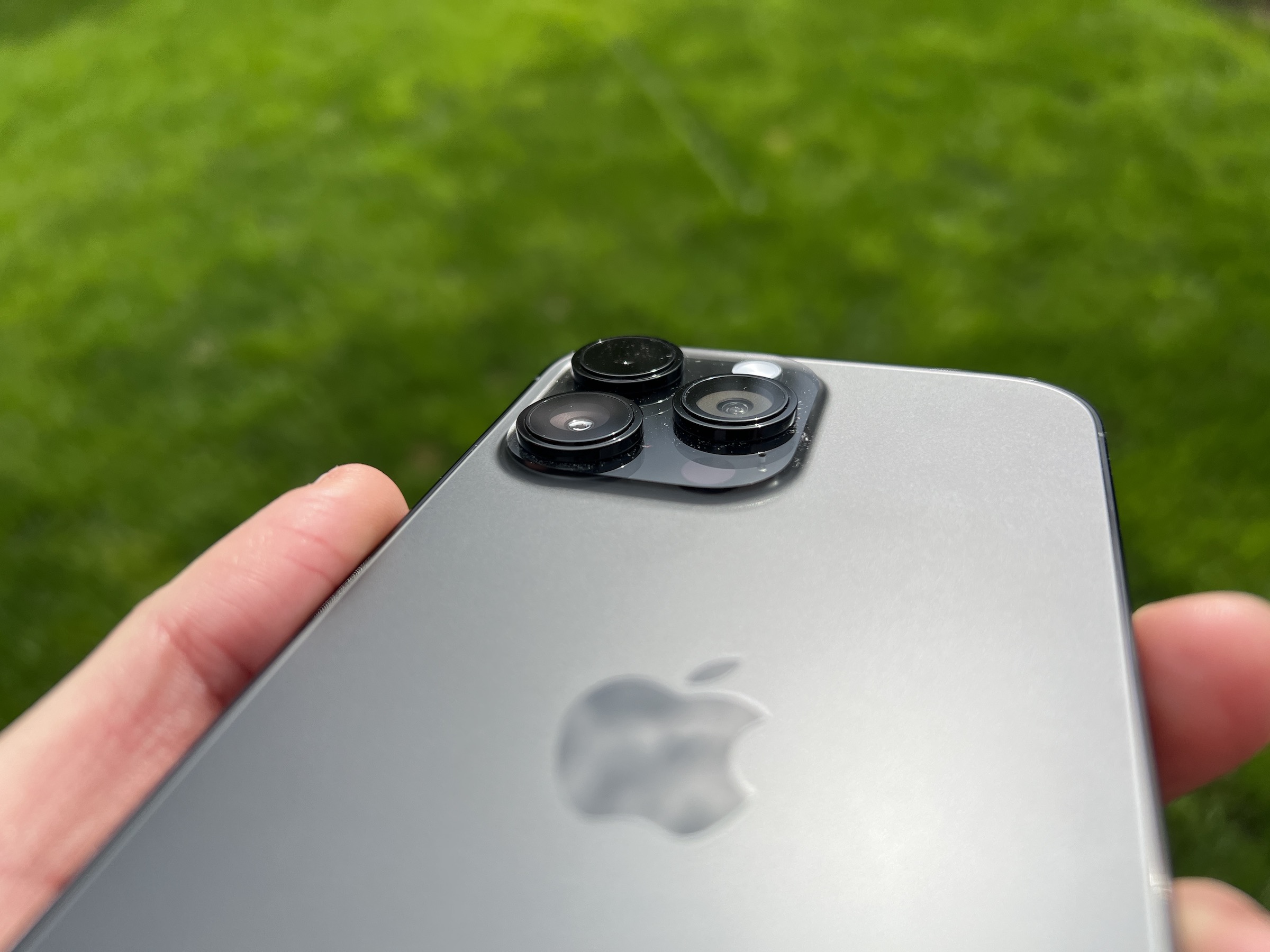Basically, we have been waiting for it since the launch of the iPhone X, which was the first iPhone to come with an OLED display. The greatest probability of its premiere was last year with the iPhone 13 Pro, which received an adaptive refresh rate of the display. However, we didn't see the always-on one until this year, when Apple reduced this frequency to 1 Hz. But it's not a win.
With the iPhone 14 Pro, Apple has redefined two things in particular – the first is the punch/cutout in the display, and the second is the always-on display. One might ask, why invent something that is already invented and not implement it just for your own needs? But it shouldn't be Apple, which is not satisfied with just a simple "copy" and has the urge to constantly improve something. But in the case of Always On, I can't shake the impression that, unlike Dynamic Island, it didn't succeed at all.
It could be interest you
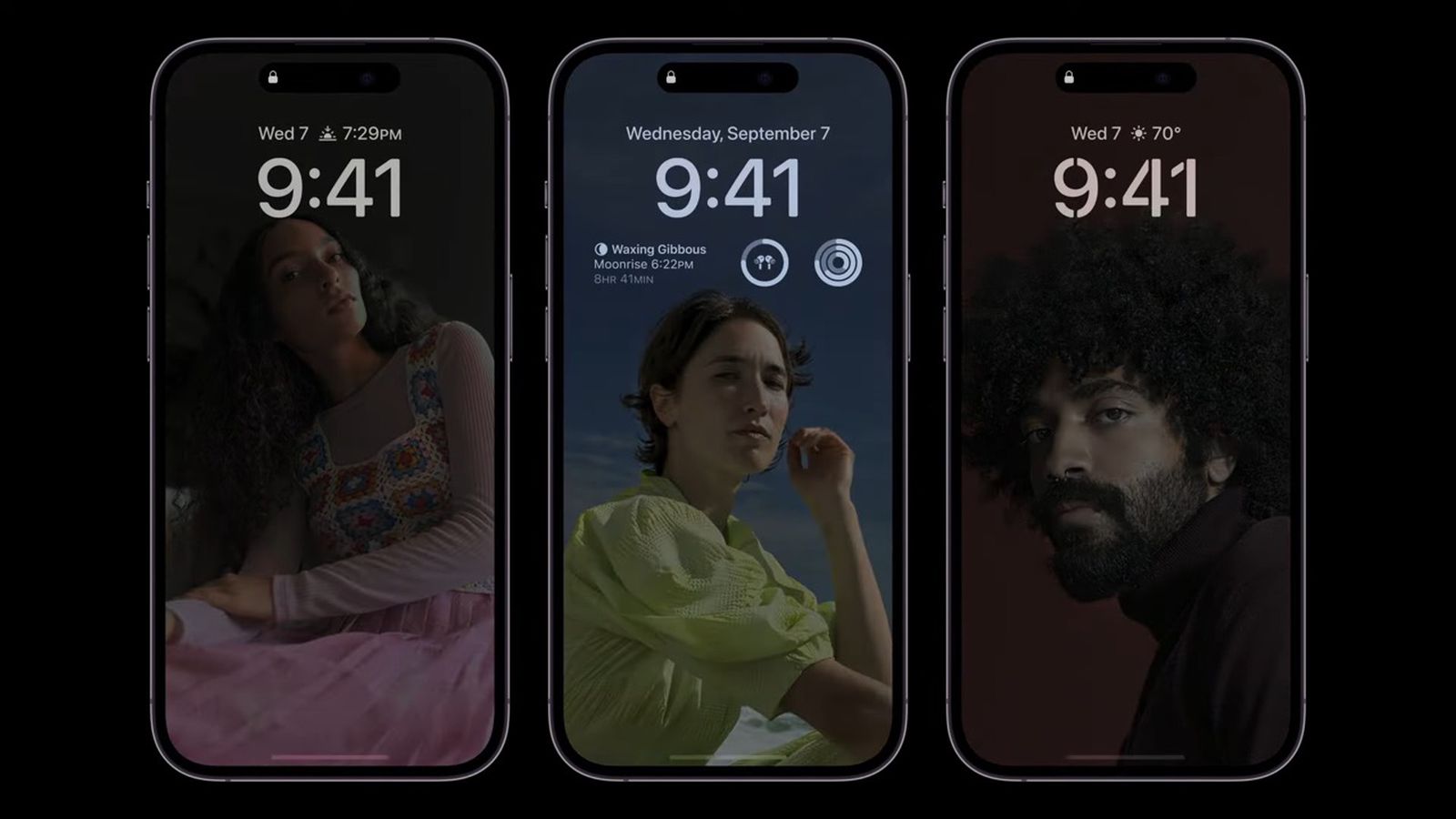
A different understanding of the issue
If you've ever smelled an Android device, you've most likely seen its Always On display. It is a simple screen dominated by black and the current time. It is usually accompanied by basic information, such as the battery charge status and the icon of the application from which you received a notification. E.g. in the Galaxy device from Samsung, you also have certain work options here before you turn on the device's display completely and go to its interface.
But Apple seems to have forgotten what makes this always-on display so popular - despite the minimal battery requirements (because the black pixels of the OLED display are turned off) and the constant display of important information. Instead, he gave us a strangely behaving cat who lights up all the time. So there is no interface above the lock screen that we know from Android, but actually you still see the set wallpaper with possible widgets at the minimum brightness of the display, which is still too high.
The fact that we have 1 Hz here guarantees that the screen will flash only once per second, so it does not have such demands on the battery. On the other hand, if this was also accompanied by a black surface, the demands would be even smaller. It eats up about 14% of the battery on the iPhone 10 Pro Max per day. But even here, Always On is not like Always On. It should display the most important information, but it doesn't.
It could be interest you
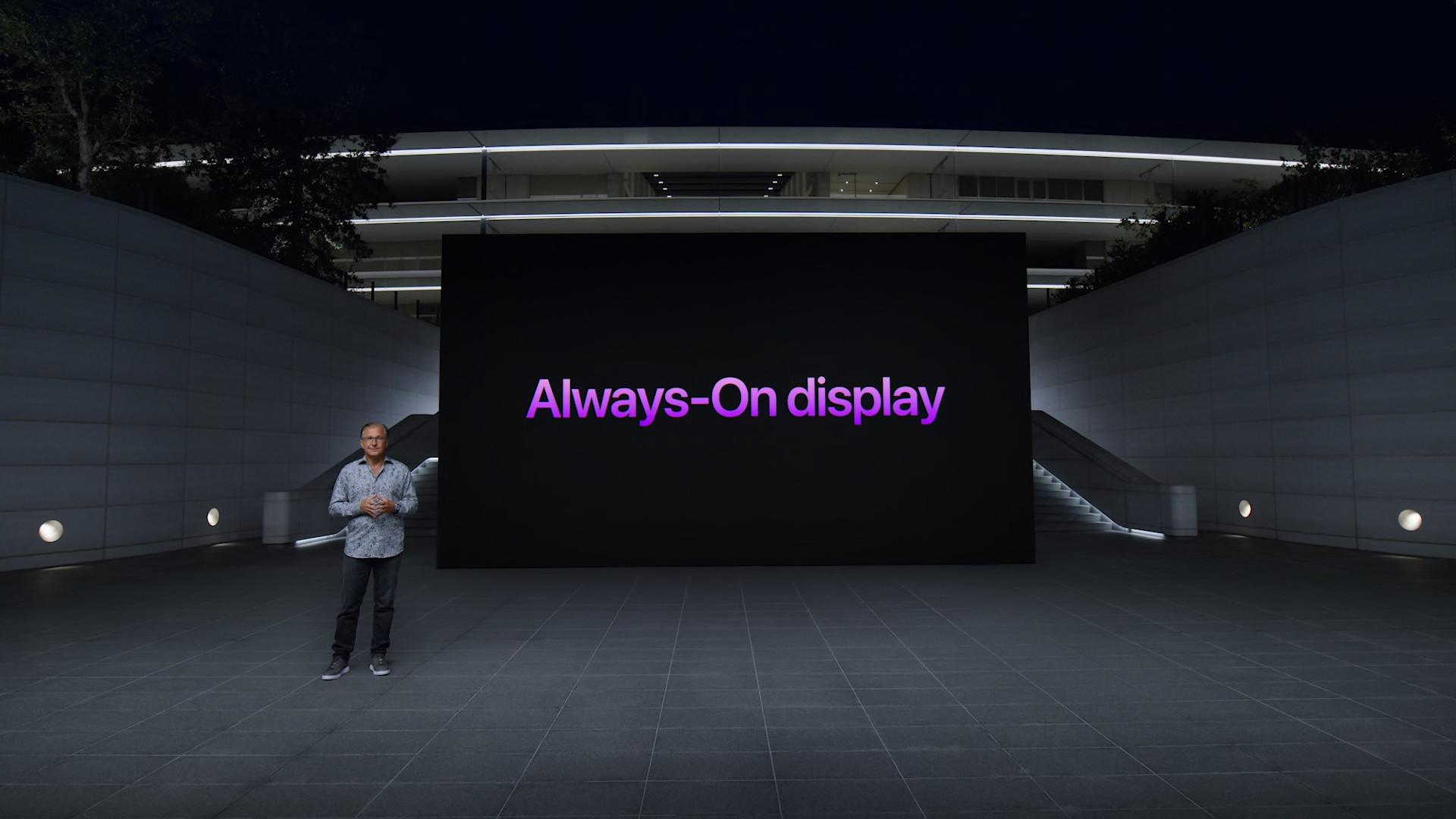
Really strange behavior
If you don't have the widget set, you won't see the battery status, even when it's charging. By adding a widget you can bypass this, but you will destroy the visual of the lock screen, in which time permeates the elements in the wallpaper. Widgets cancel this effect. There is no customization either, Always On is simply either turned on or not (you do so in Settings -> Display and brightness, where you'll find the "tell-all" function Always on).
So always on means almost always on because if you put your phone in your pocket the sensors will detect it and the display will turn off completely just like if you put it face down on a table or connect it to Car Play. It also takes into account your Apple Watch, with which, when you move away, the display turns off completely, or concentration modes so as not to distract you, which it does quite well. No matter what kind of wallpaper you have, it simply draws a lot of eyes, that is, attention. Additionally, if certain processes are running in the background, its behavior is somewhat erratic. E.g. during a FaceTime call, the Dynamic Island constantly changes from a pill view to an "i" view, as well as pending notifications pop up variously, and the display turns on and off without further interaction from you. It does not matter if the device detects that you are looking at it or not.
At night, it lights up really unpleasantly, that is, too much, which will not happen to you with Android, because only that time is always lit there - if you have it set. Considering concentration, dinner and sleep, it is better to define this so that Always on is at least turned off at night. Or you have to wait a while because Always On learns based on how you use your phone (supposedly). Now, after 5 days of testing, he still hasn't learned it. In his defense, however, it must be said that device testing is very different from normal use, so he didn't really have much space for it yet.
It could be interest you
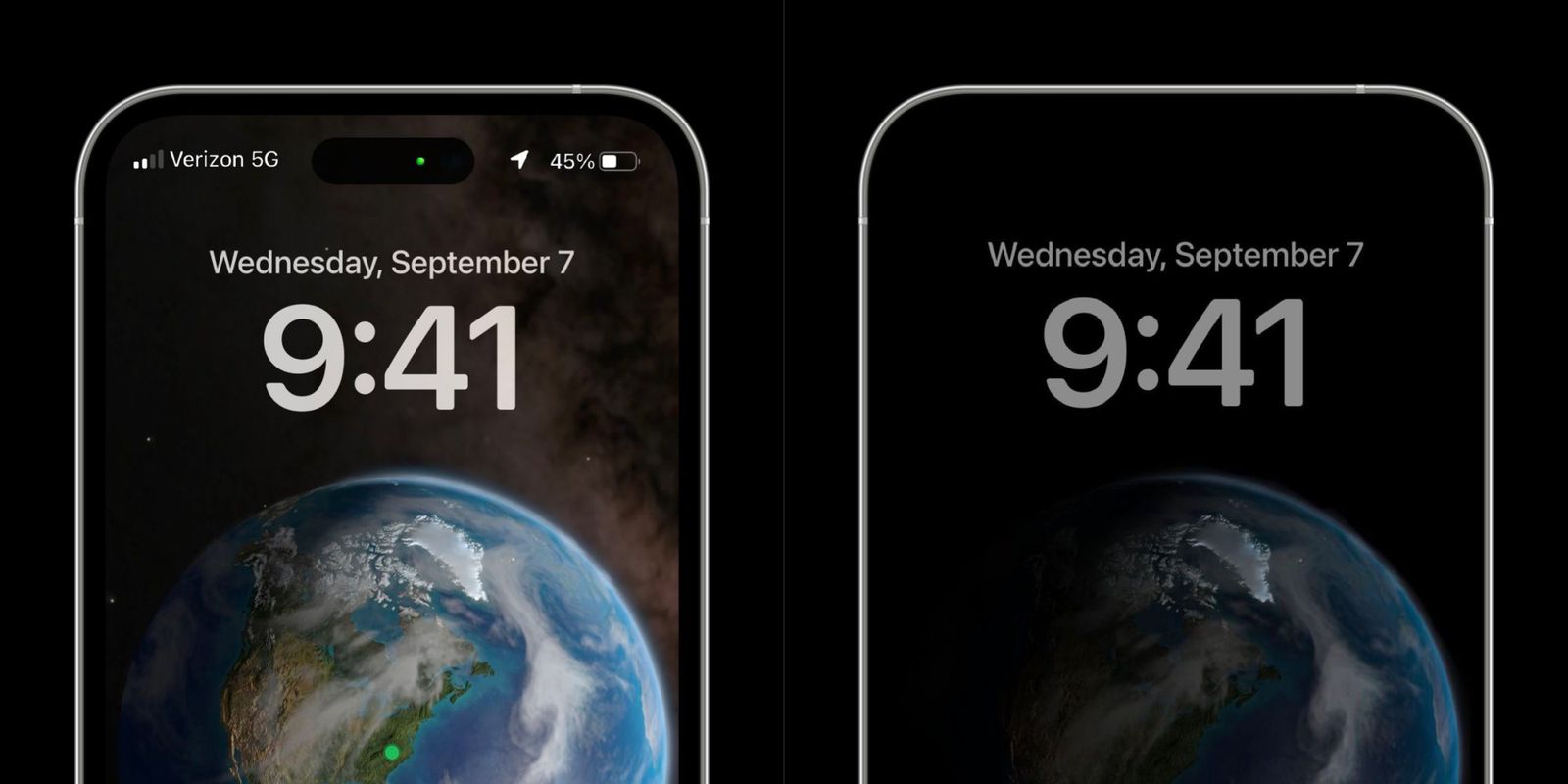
The promise of the future and the meaningless limitations
Of course, there's also the potential for Apple to gradually tweak the feature, so there's no need to throw a flint in the air. It is to be hoped that over time the behavior will be adjusted, as well as more settings and perhaps even complete hiding of the wallpaper. But now it looks like a trick function. It's as if Apple said to themselves, "If you all wanted it, here it is." But I told you it would be useless.'
Whatever Apple comes up with with an always-on display, don't think you'll be able to enjoy it on anything worse than the A16 Bionic chip in the future. The function is tied directly to it, as well as to the low refresh rate of the display, which again only the iPhone 14 Pro models have, even though Android can do it even with a fixed 12 Hz. But you don't have to mourn. If Dynamic Island is really fun and has a bright future, Always On is currently more of a nuisance, and if I hadn't tested how it behaves and how to work with it, I would have turned it off a long time ago. Which, after all, I can finally do after writing this text.
- You can buy the iPhone 14 Pro Max for example at Mobile Emergency (you can also take advantage of the Buy, sell, sell, pay off action, in which you can get an iPhone 14 from 98 CZK per month)
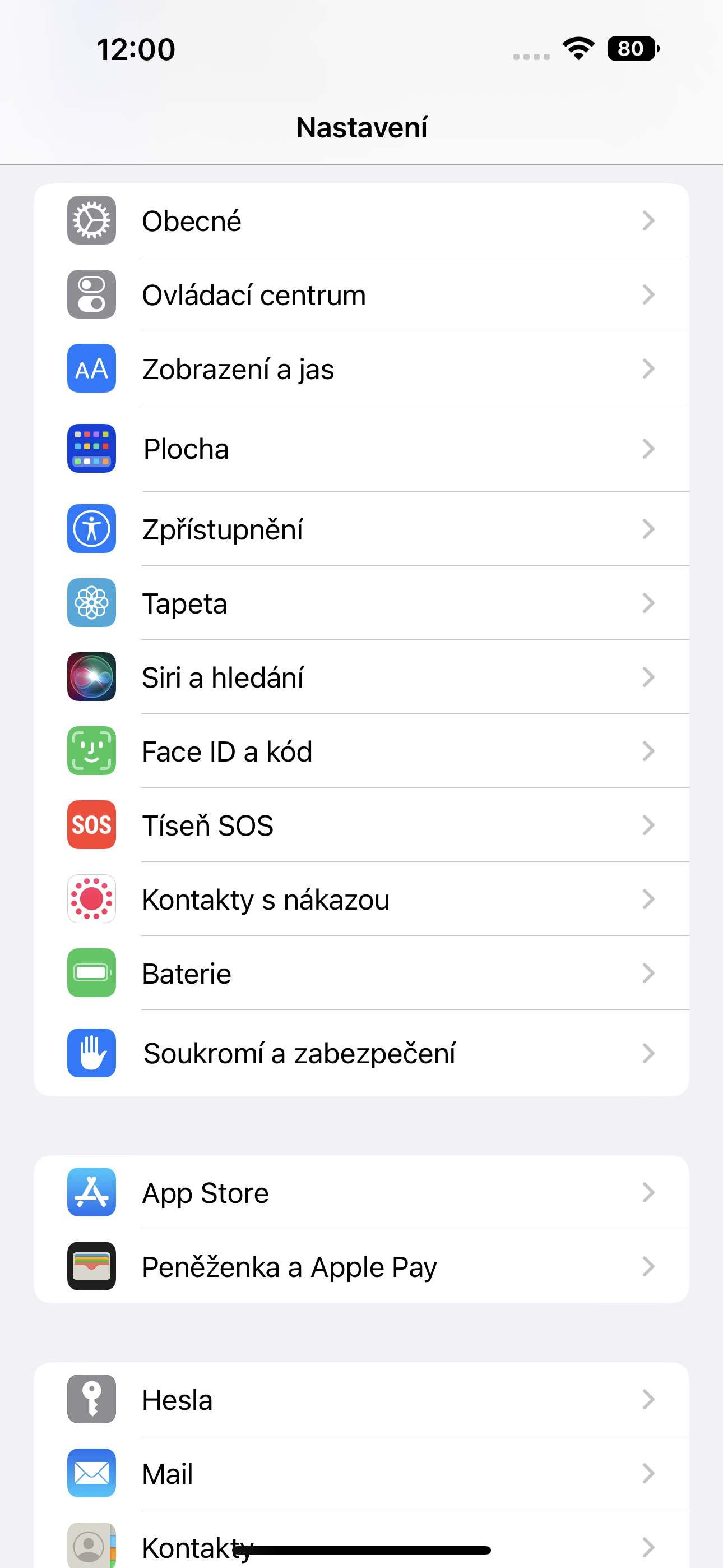
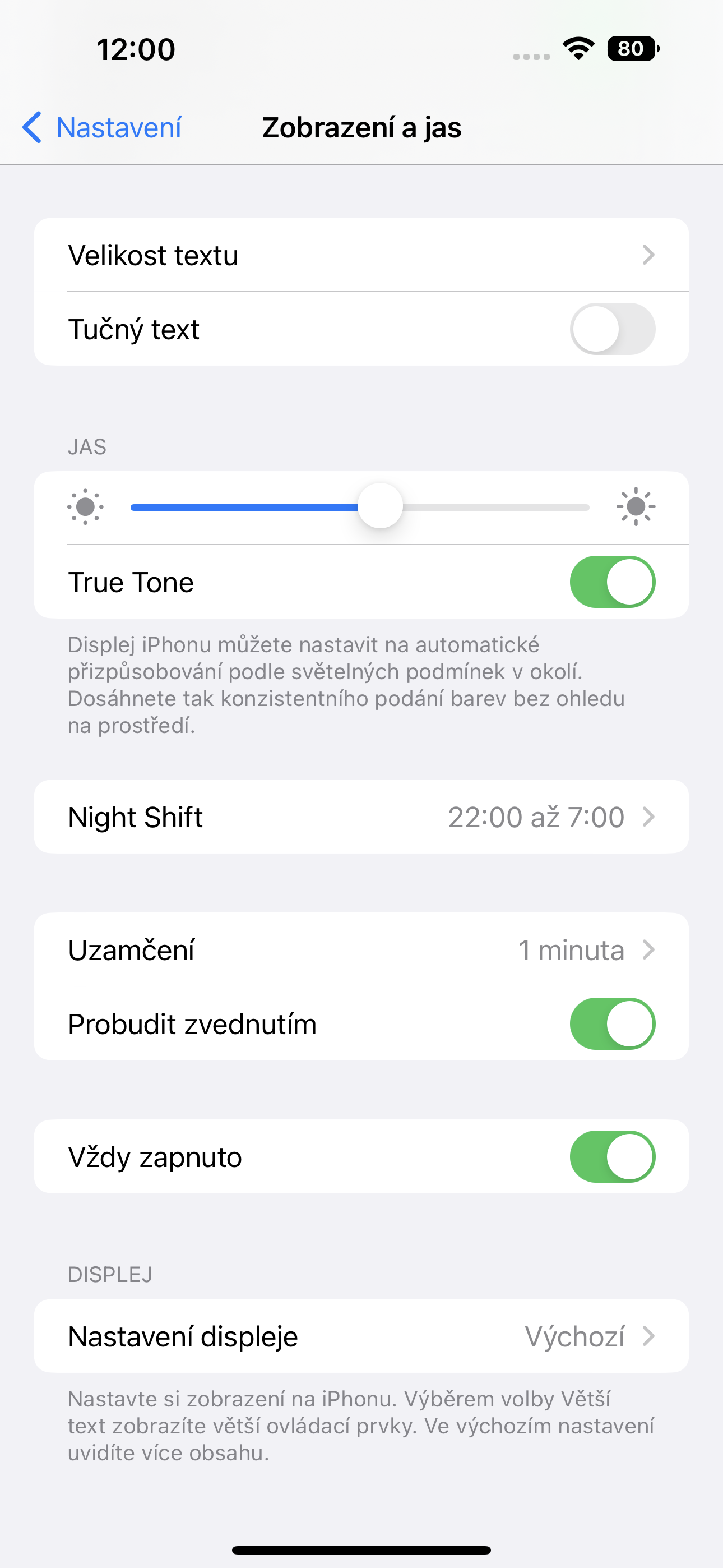
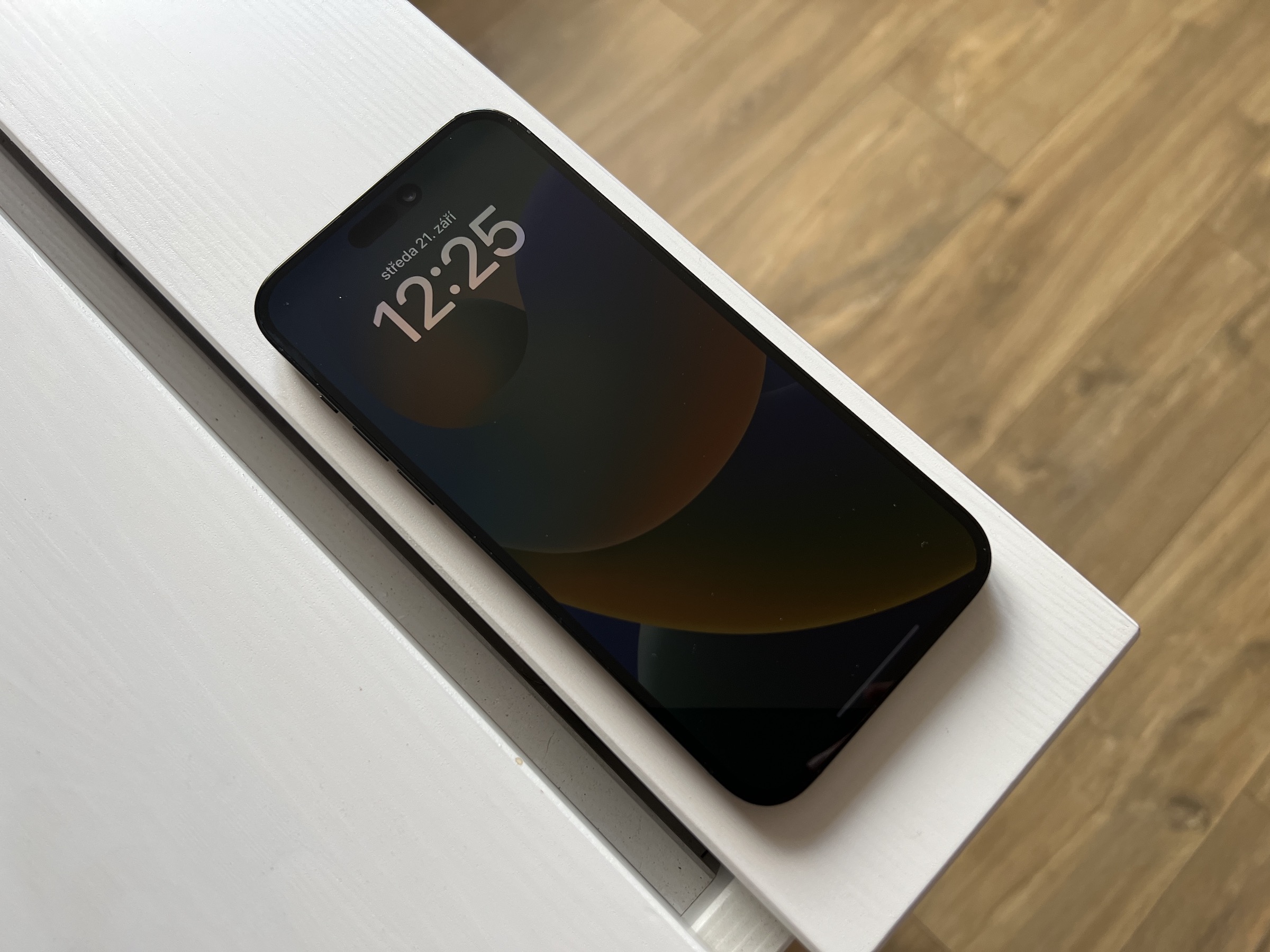
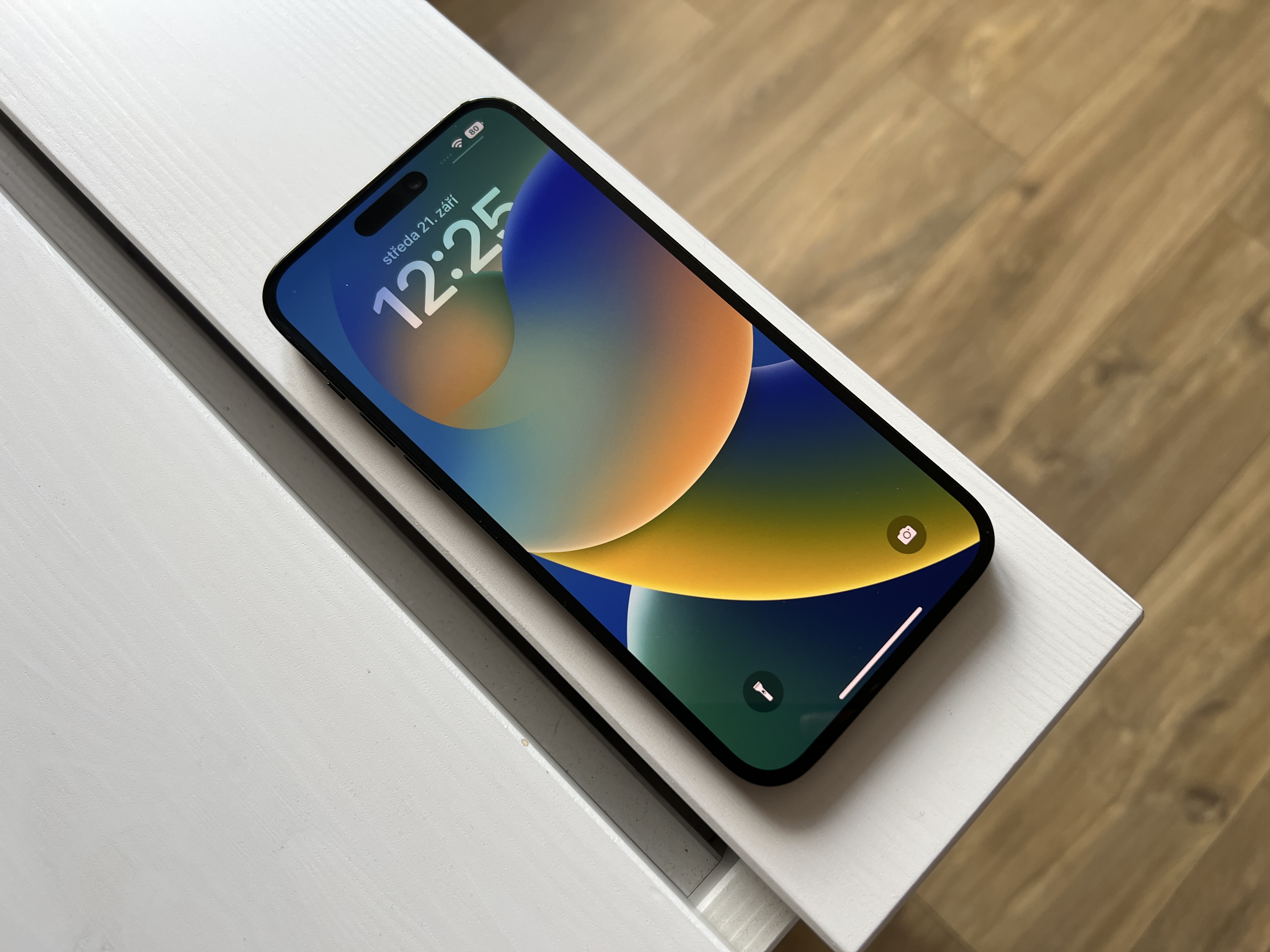
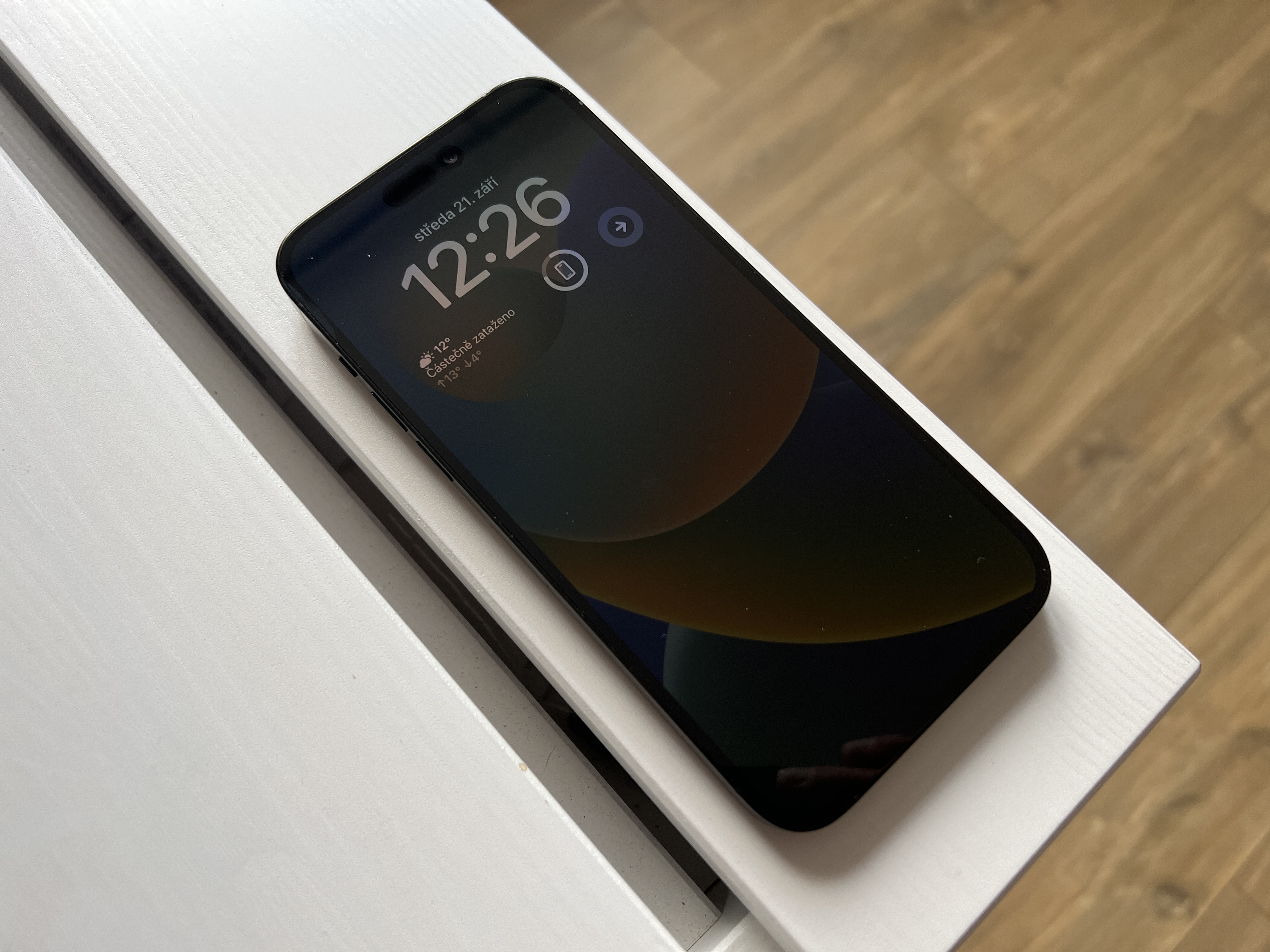
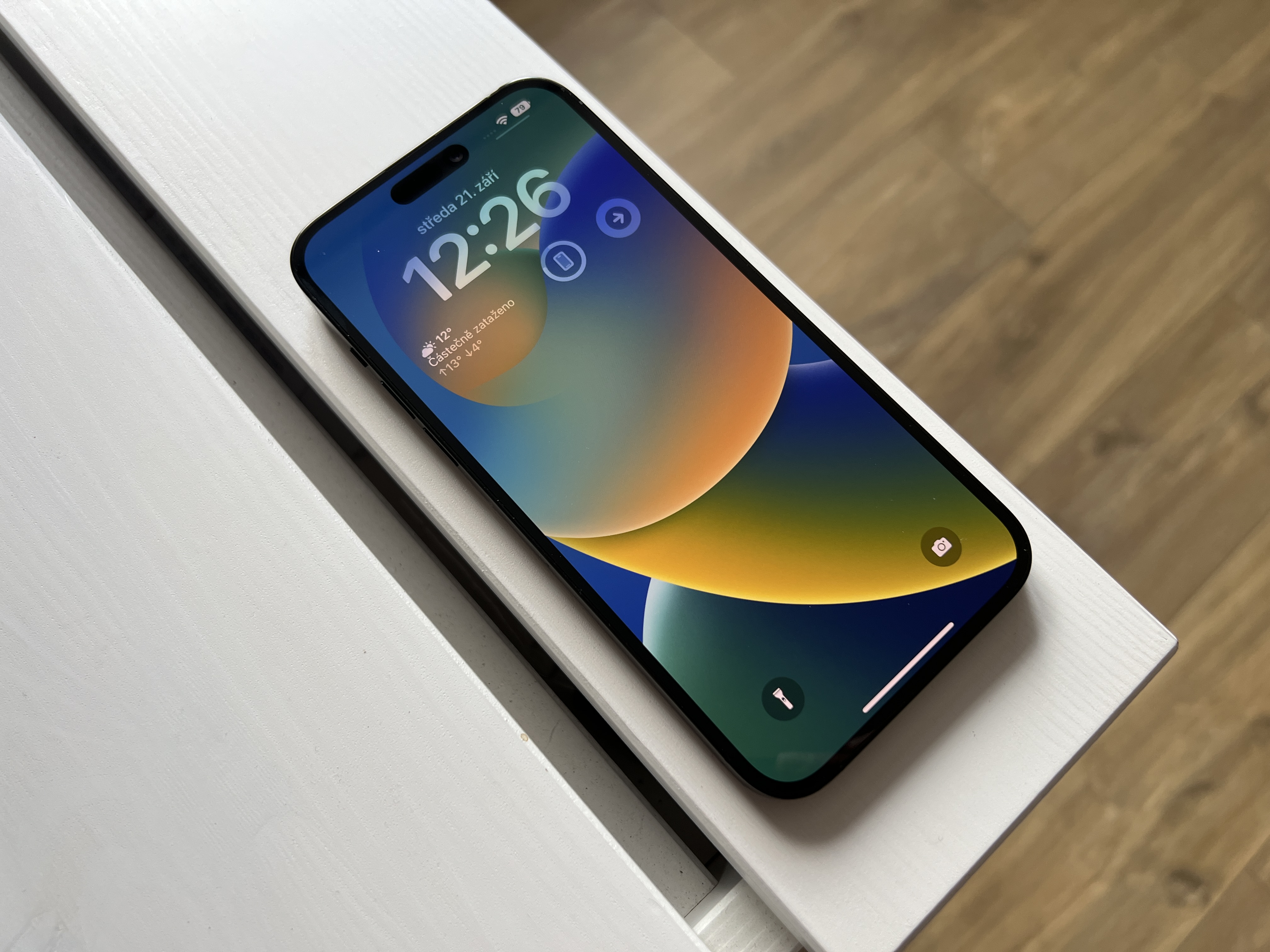
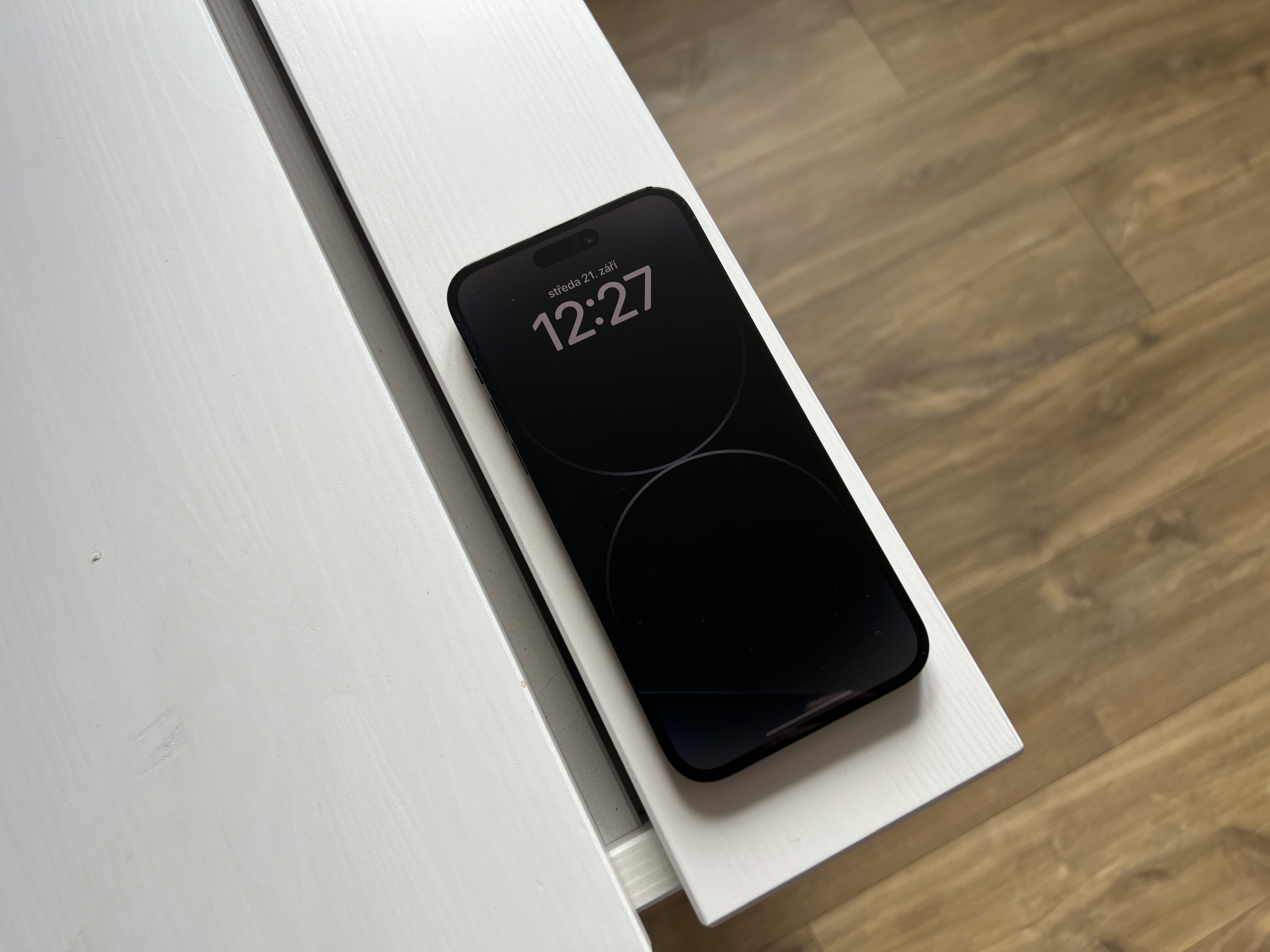
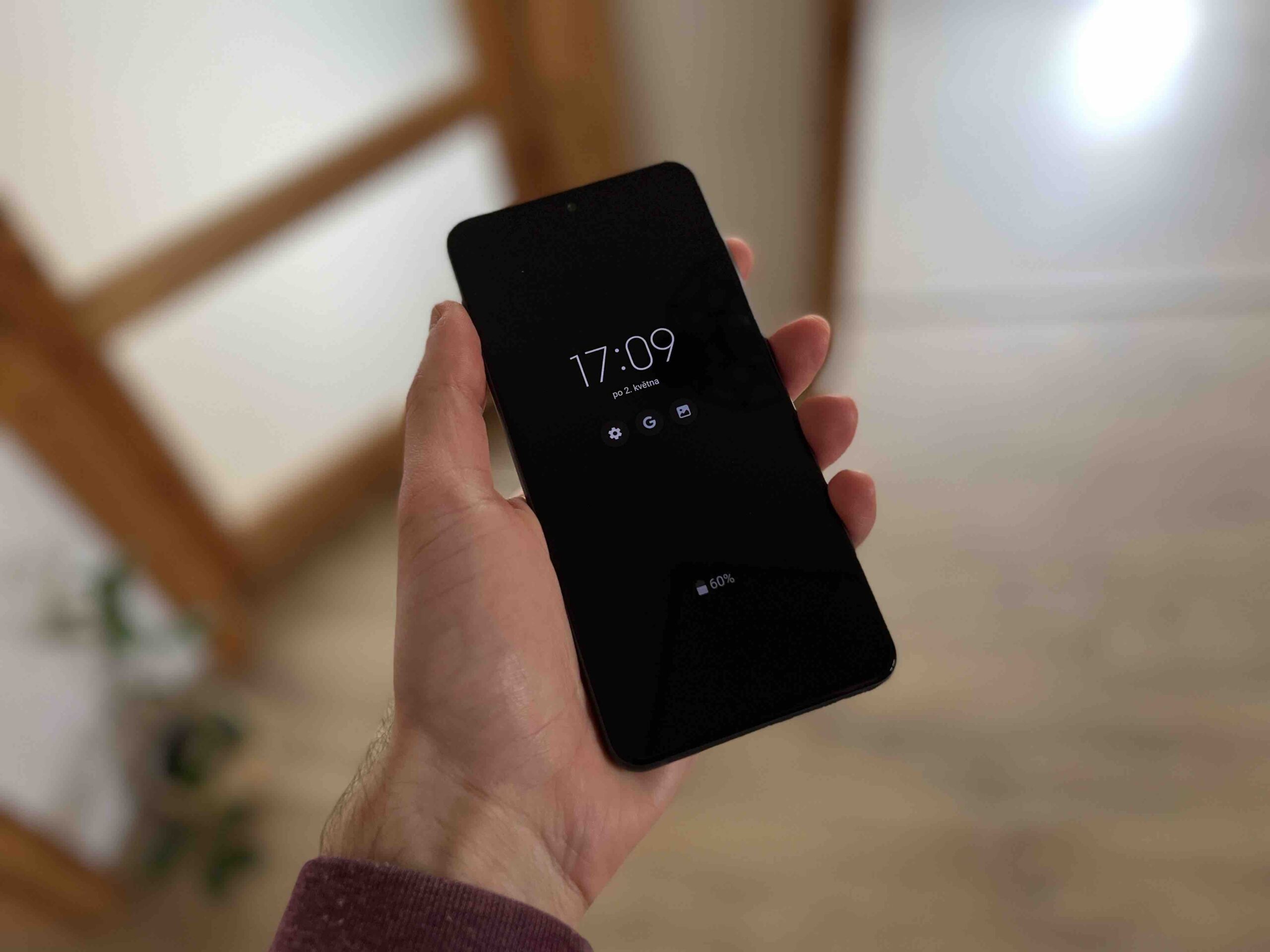

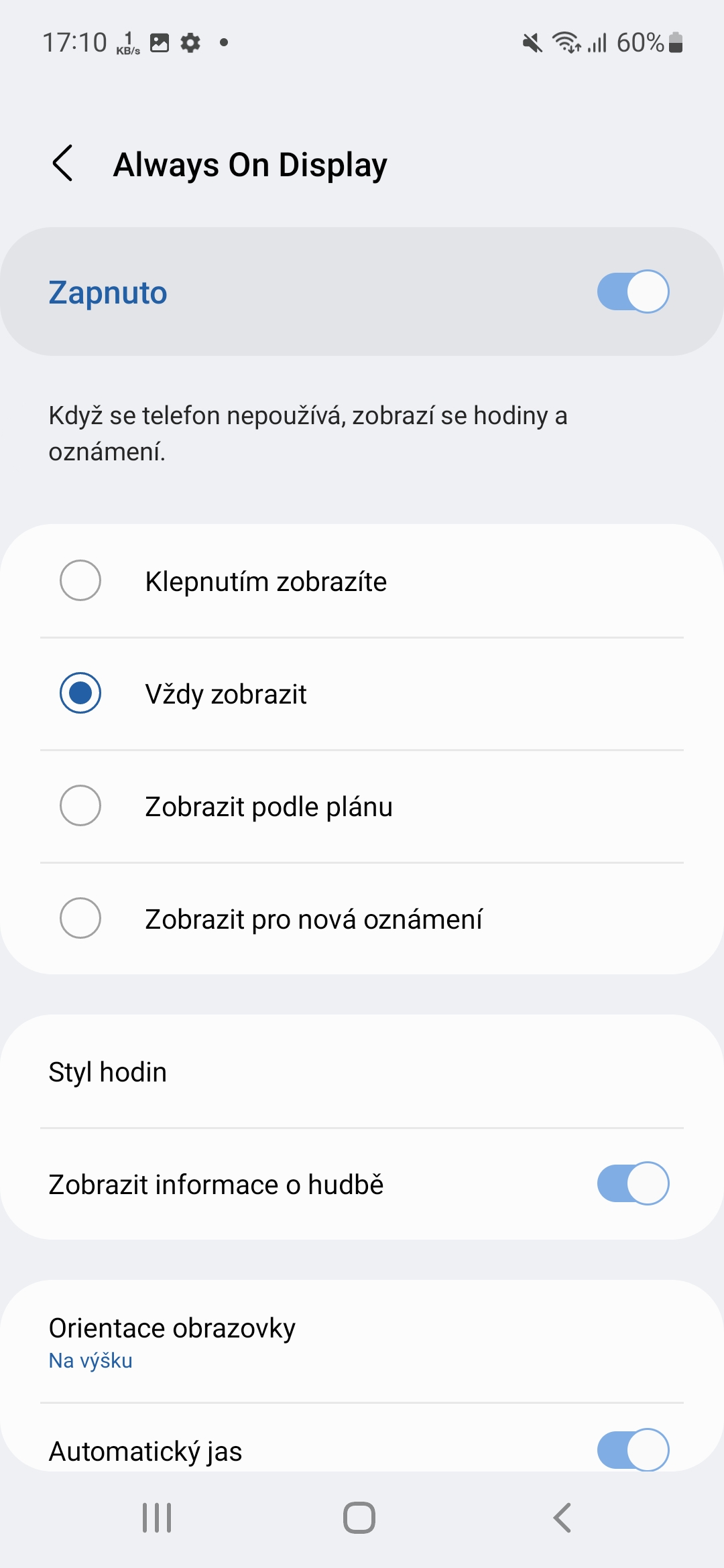
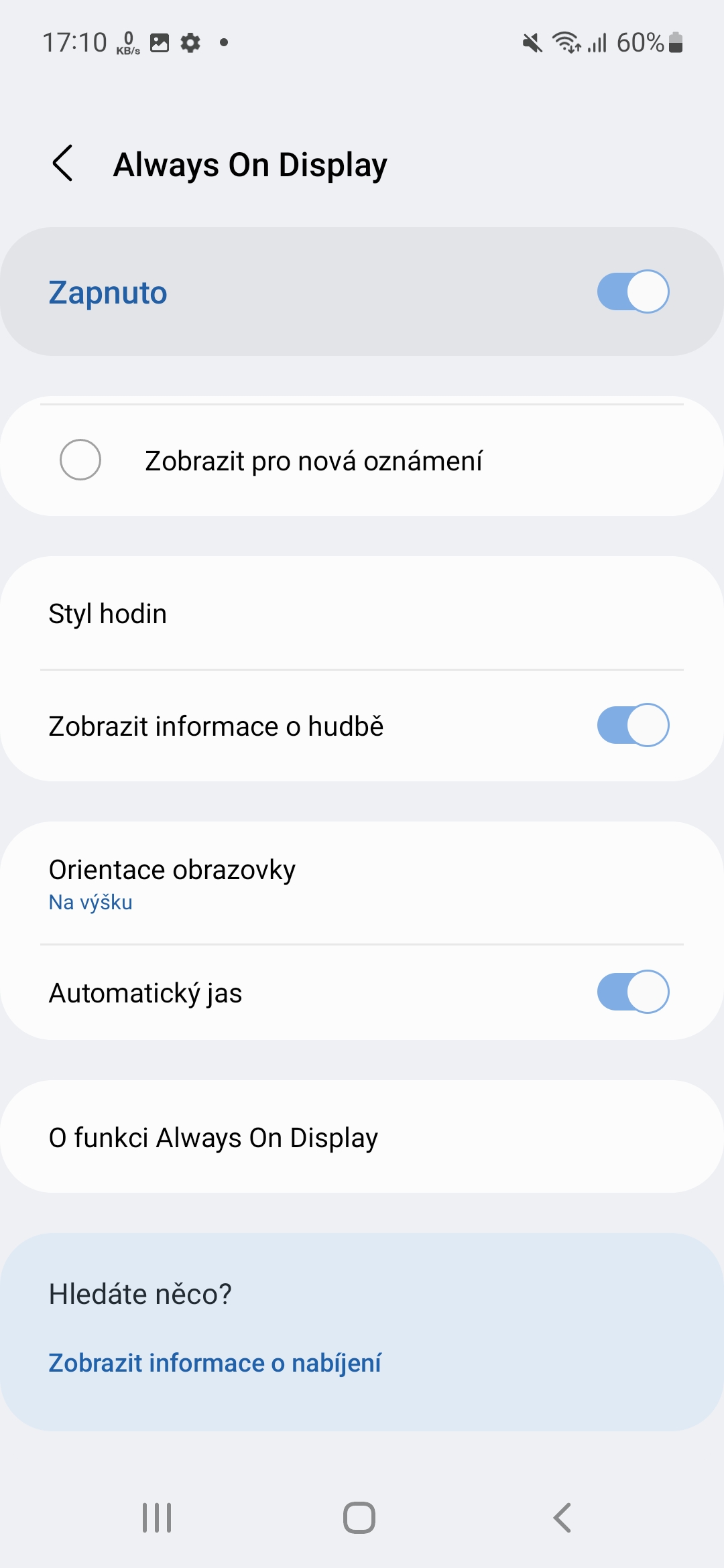

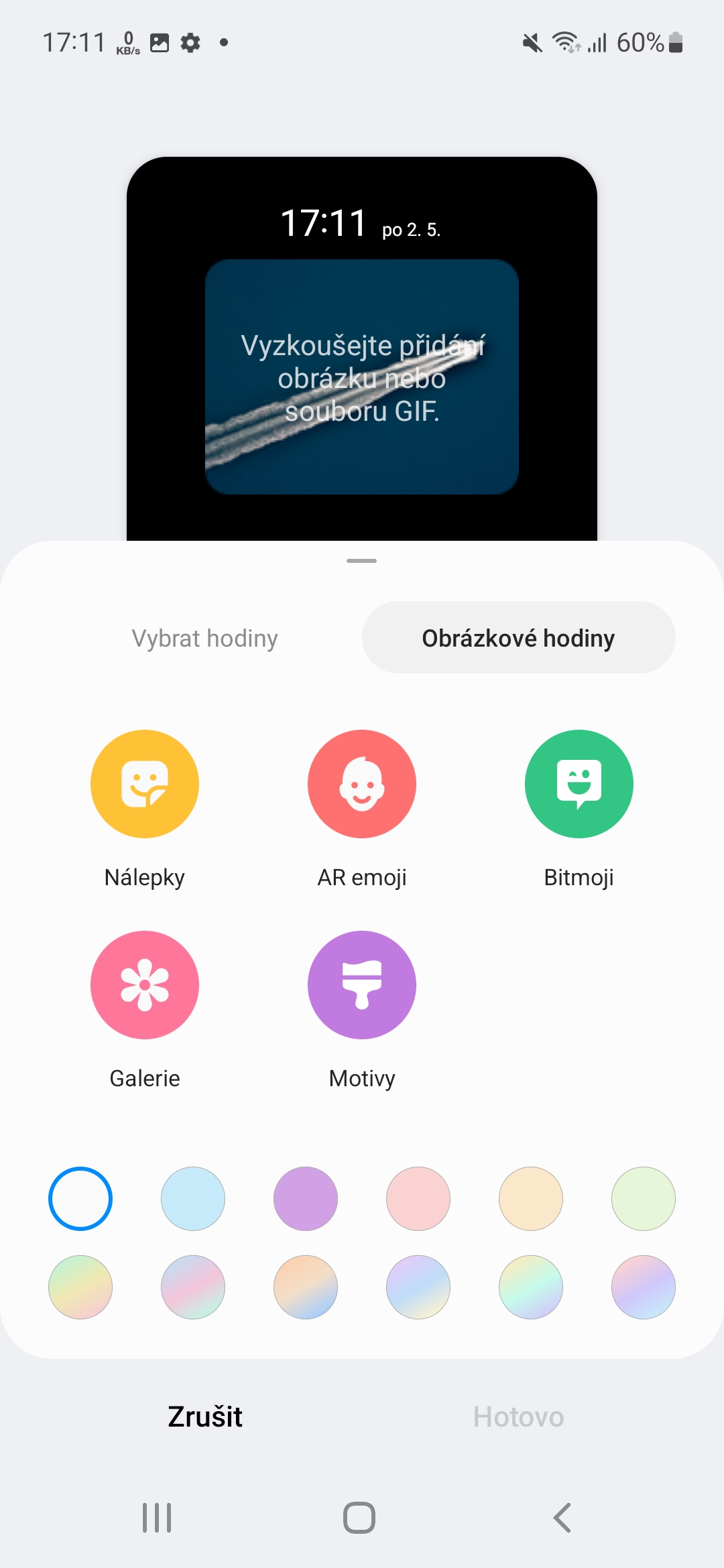
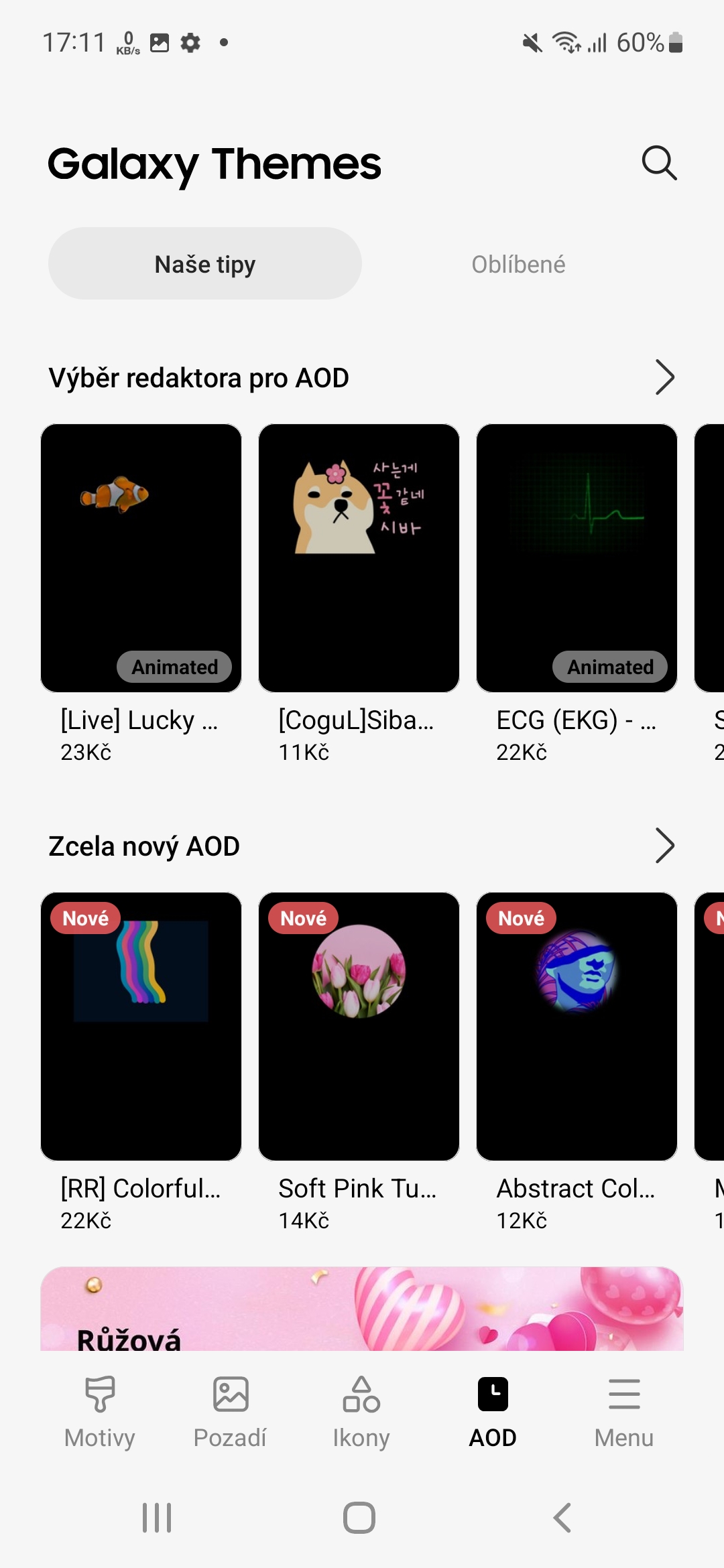

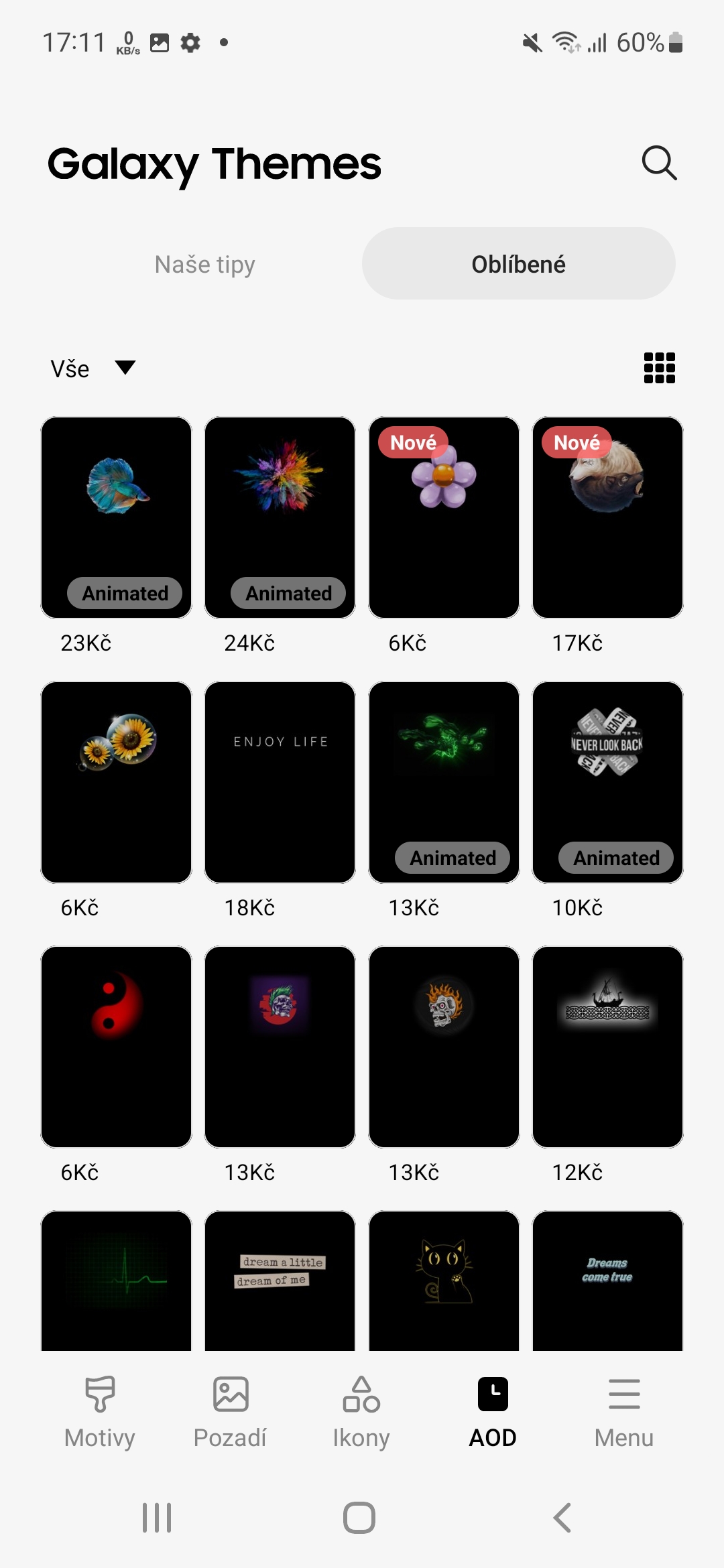


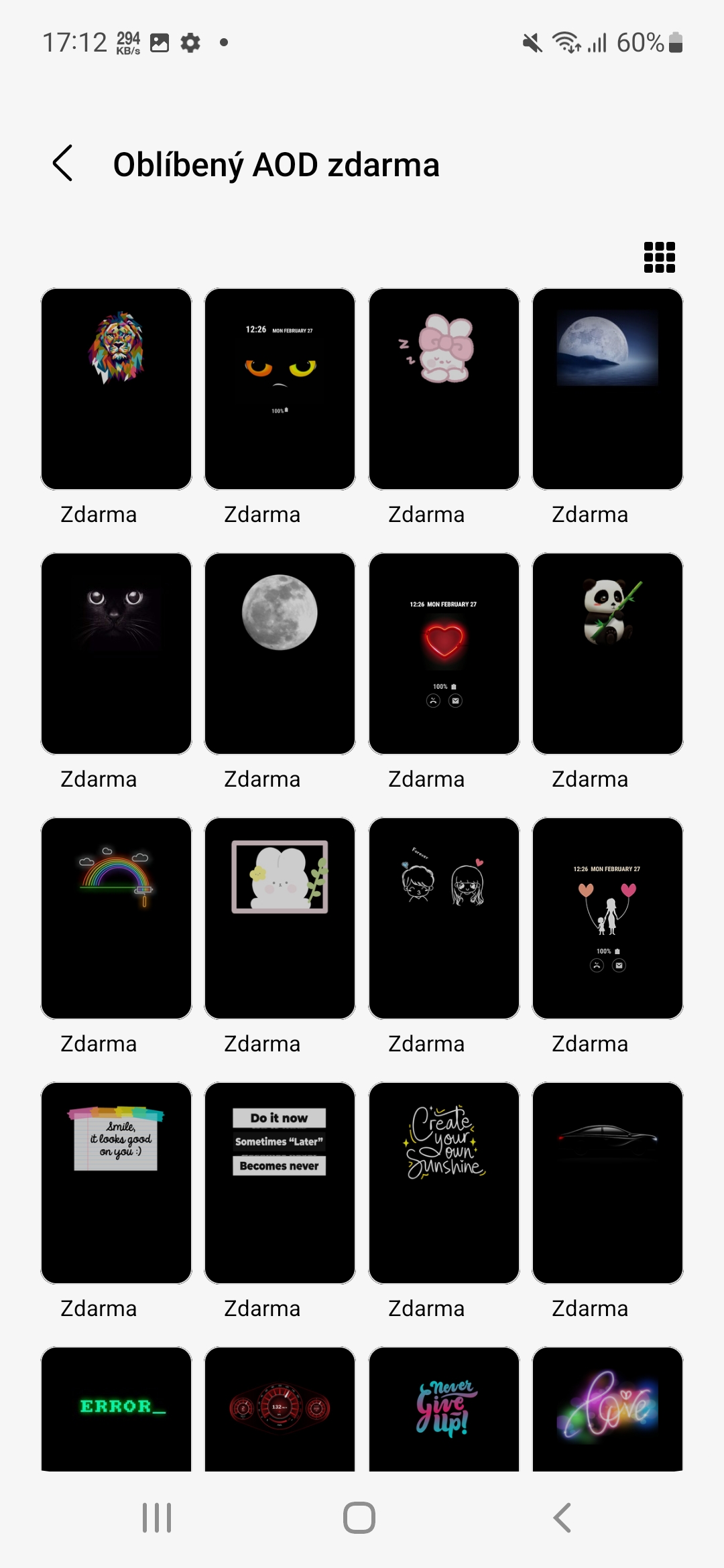
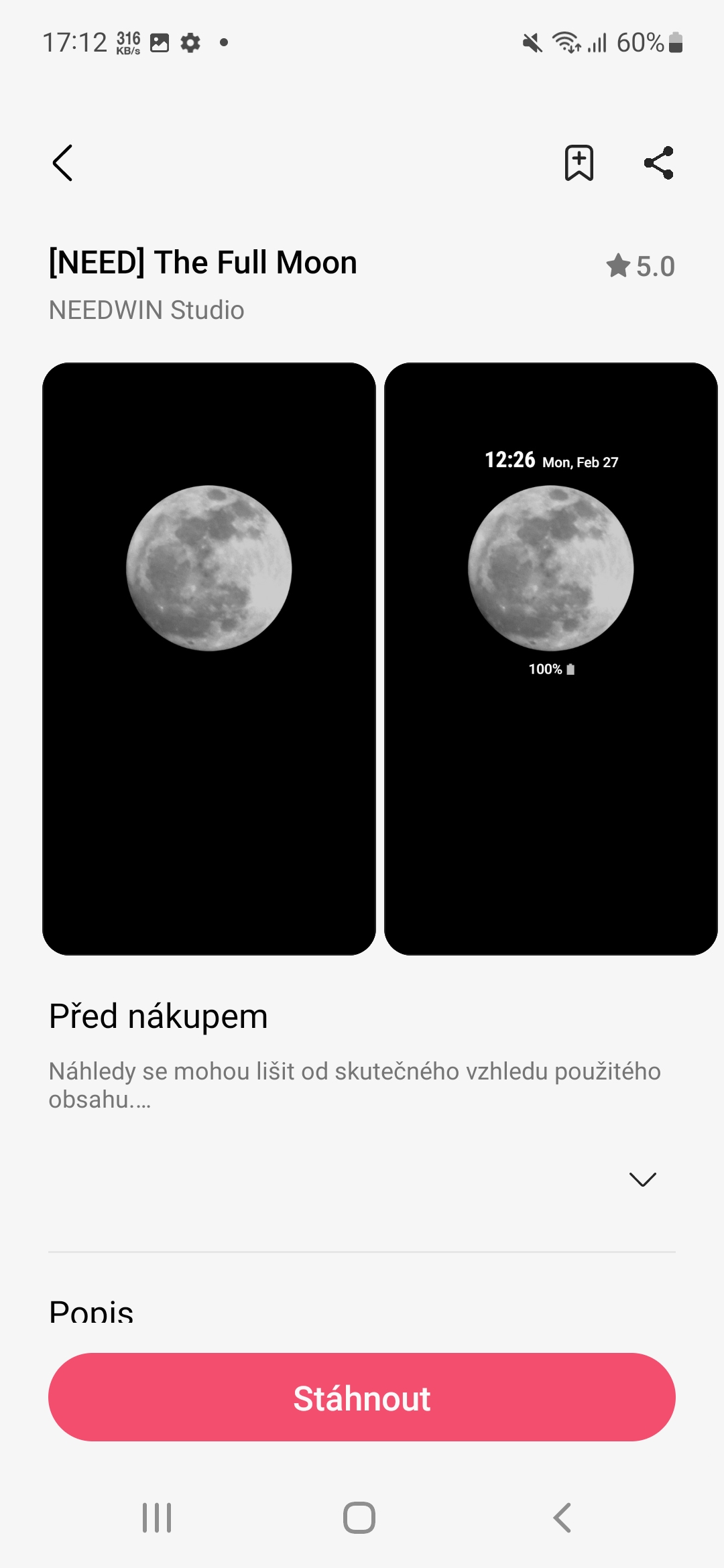


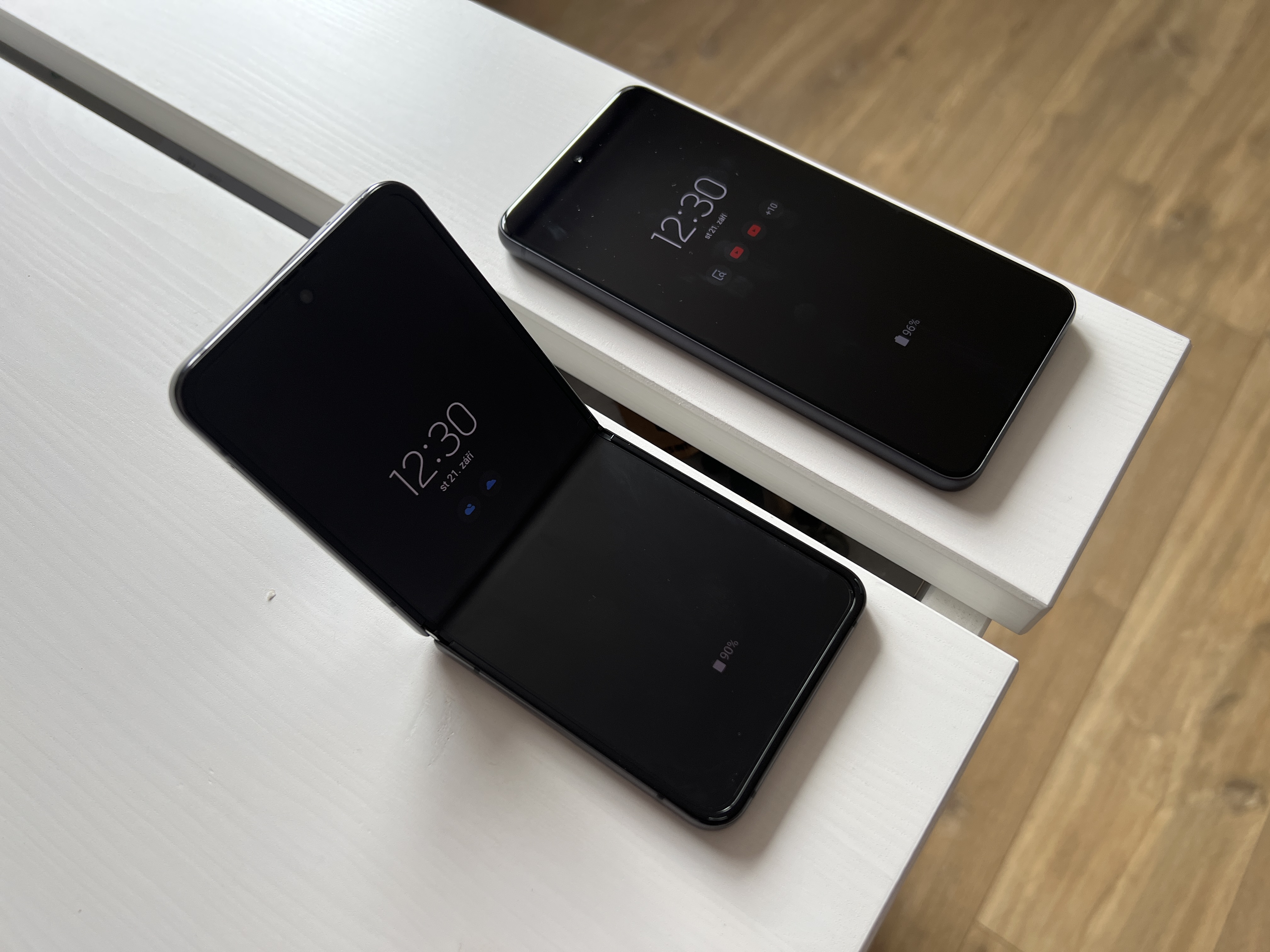

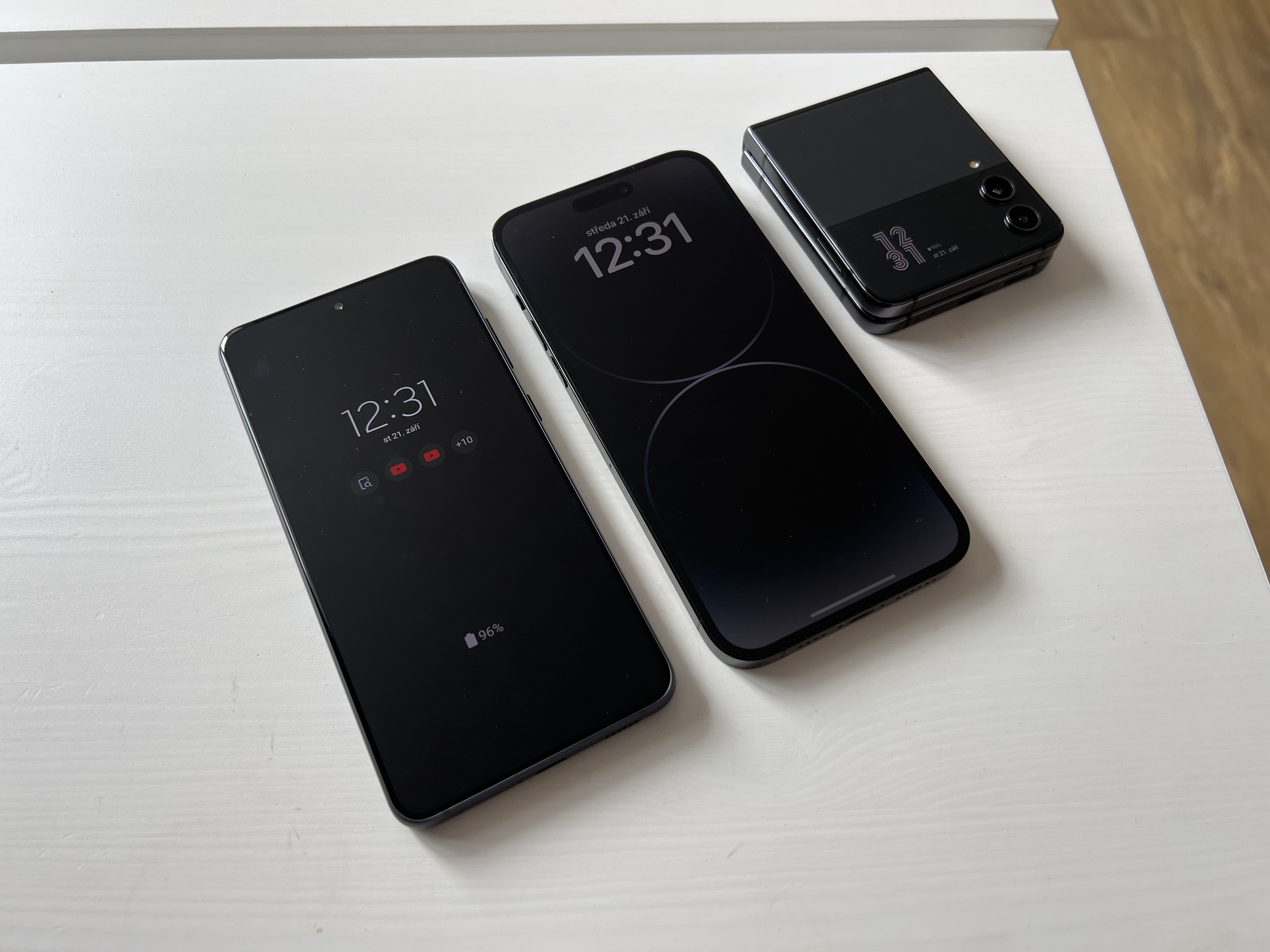

 Flying around the world with Apple
Flying around the world with Apple 